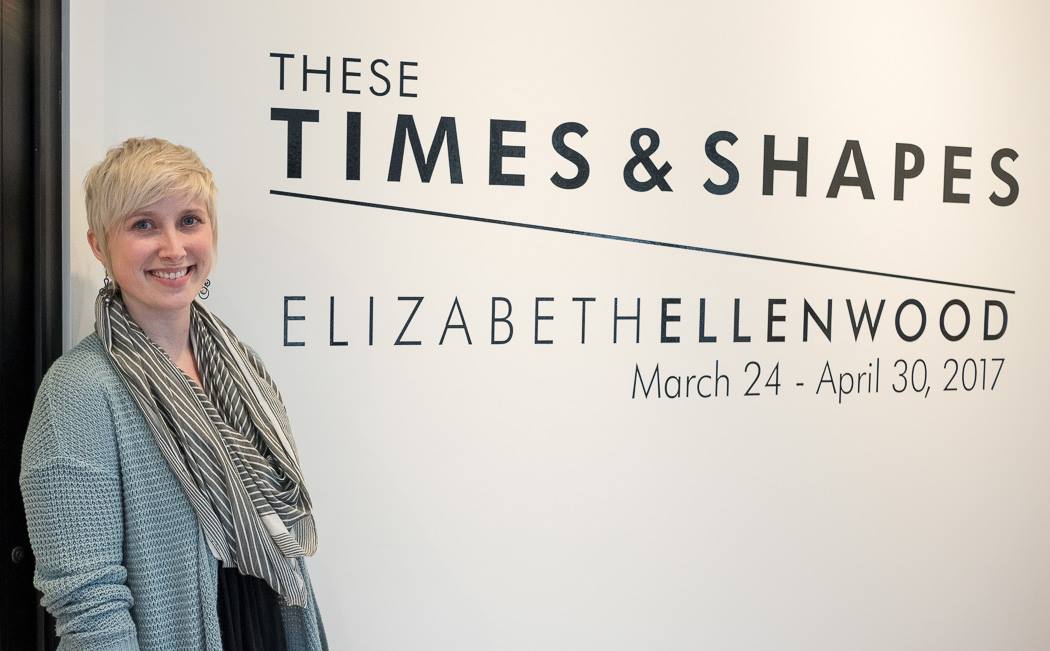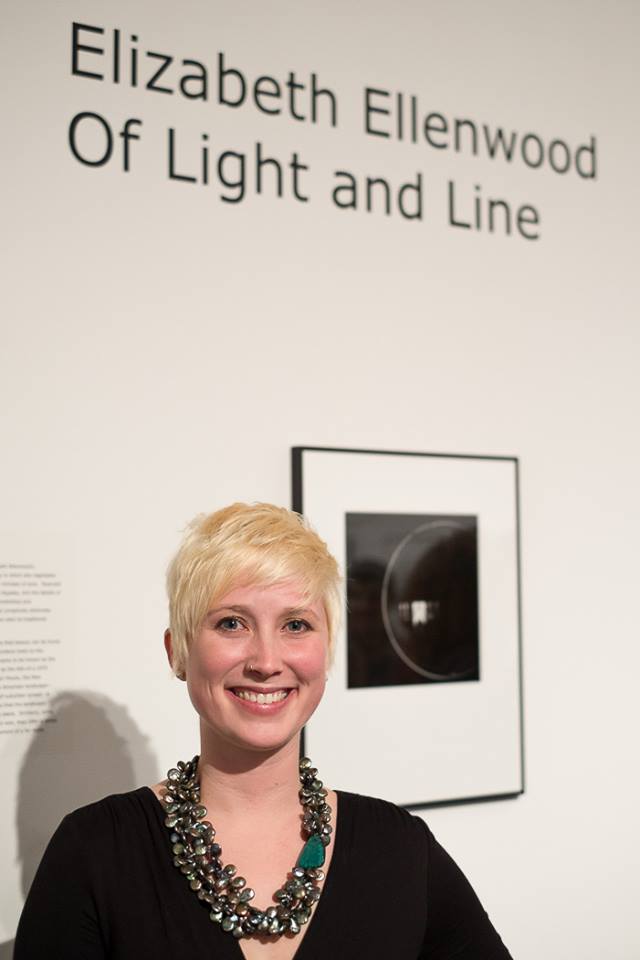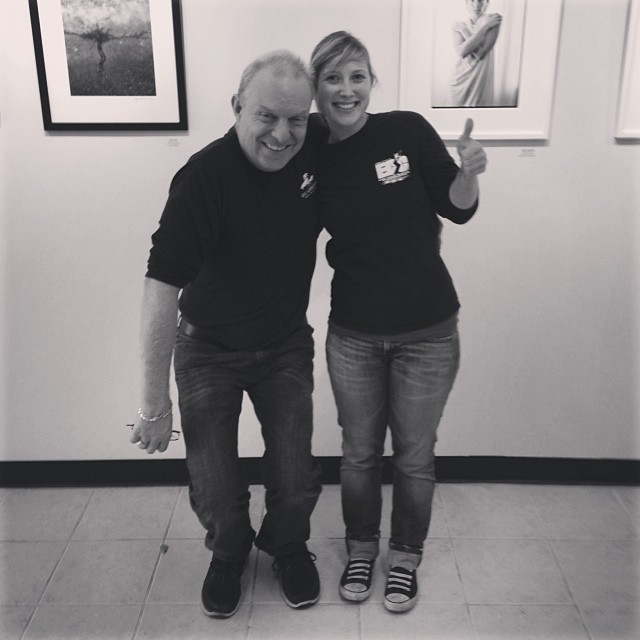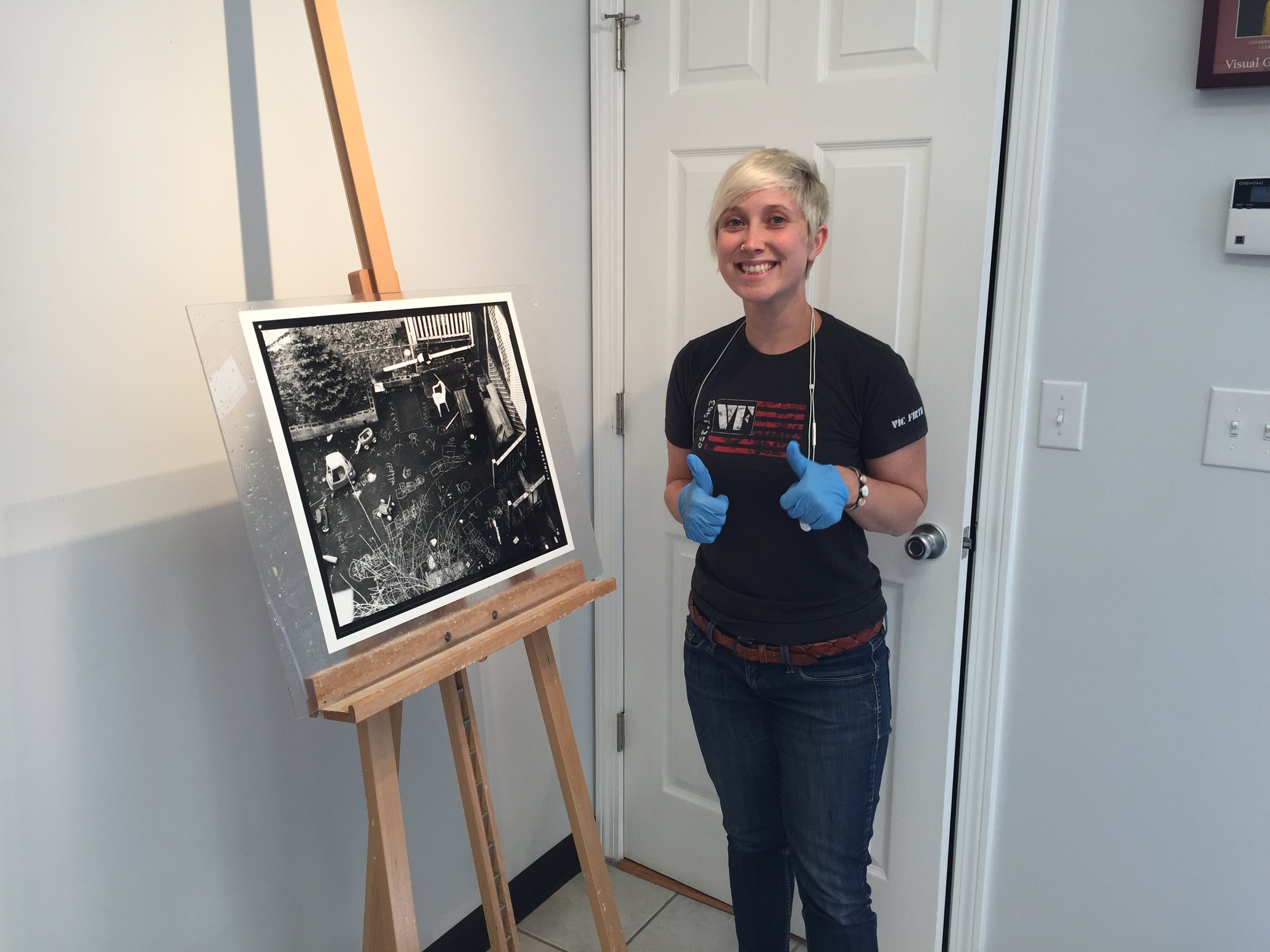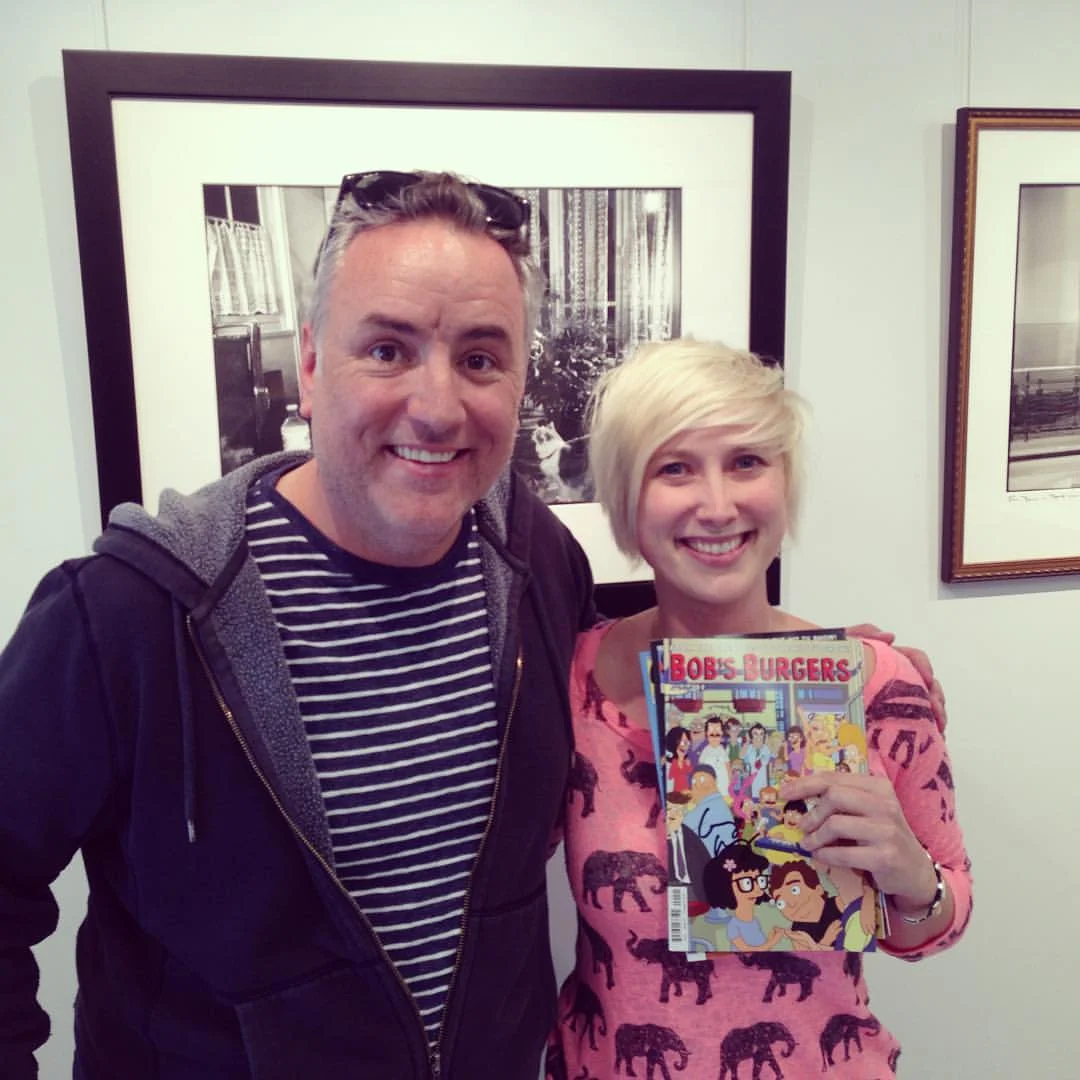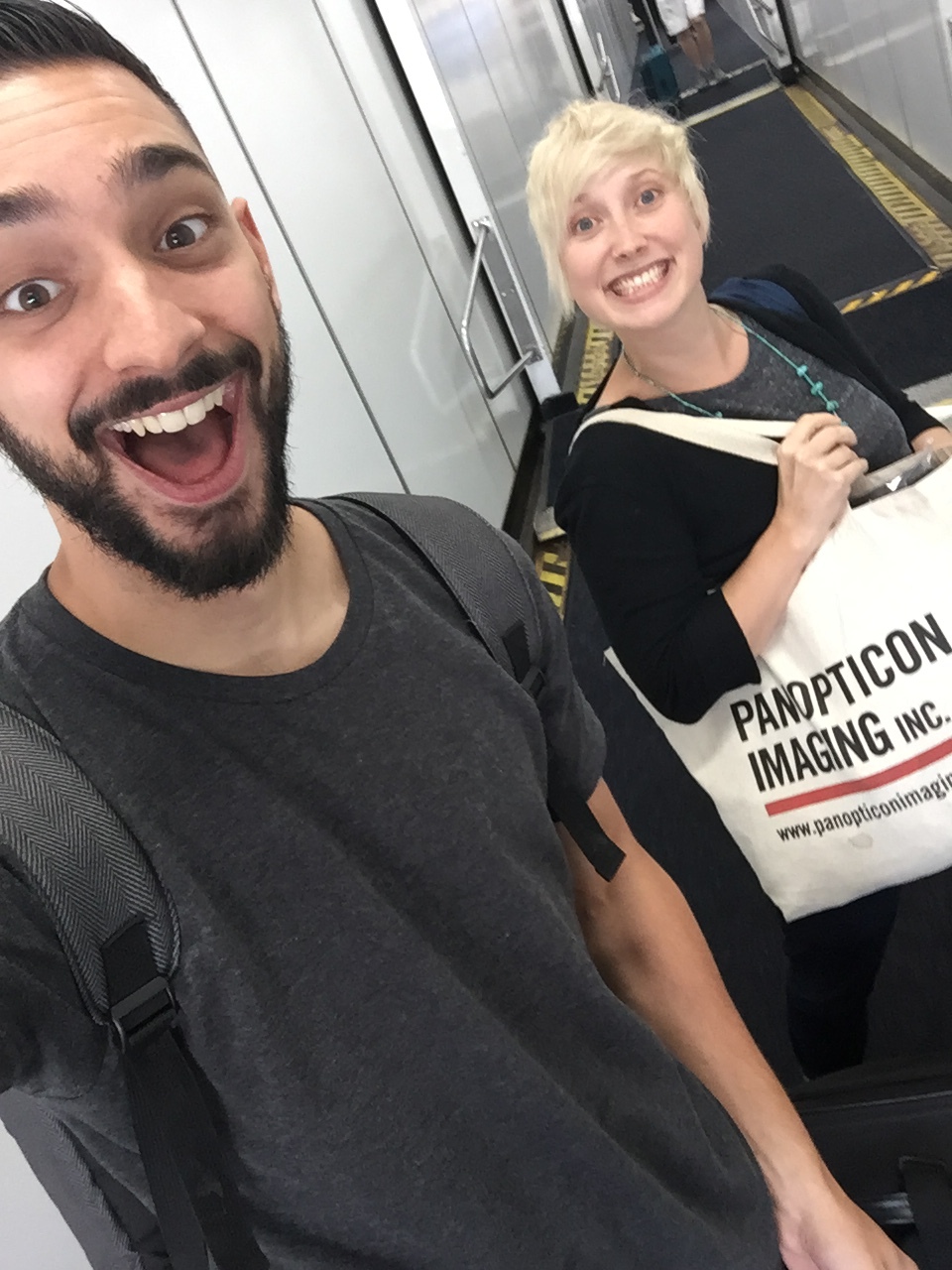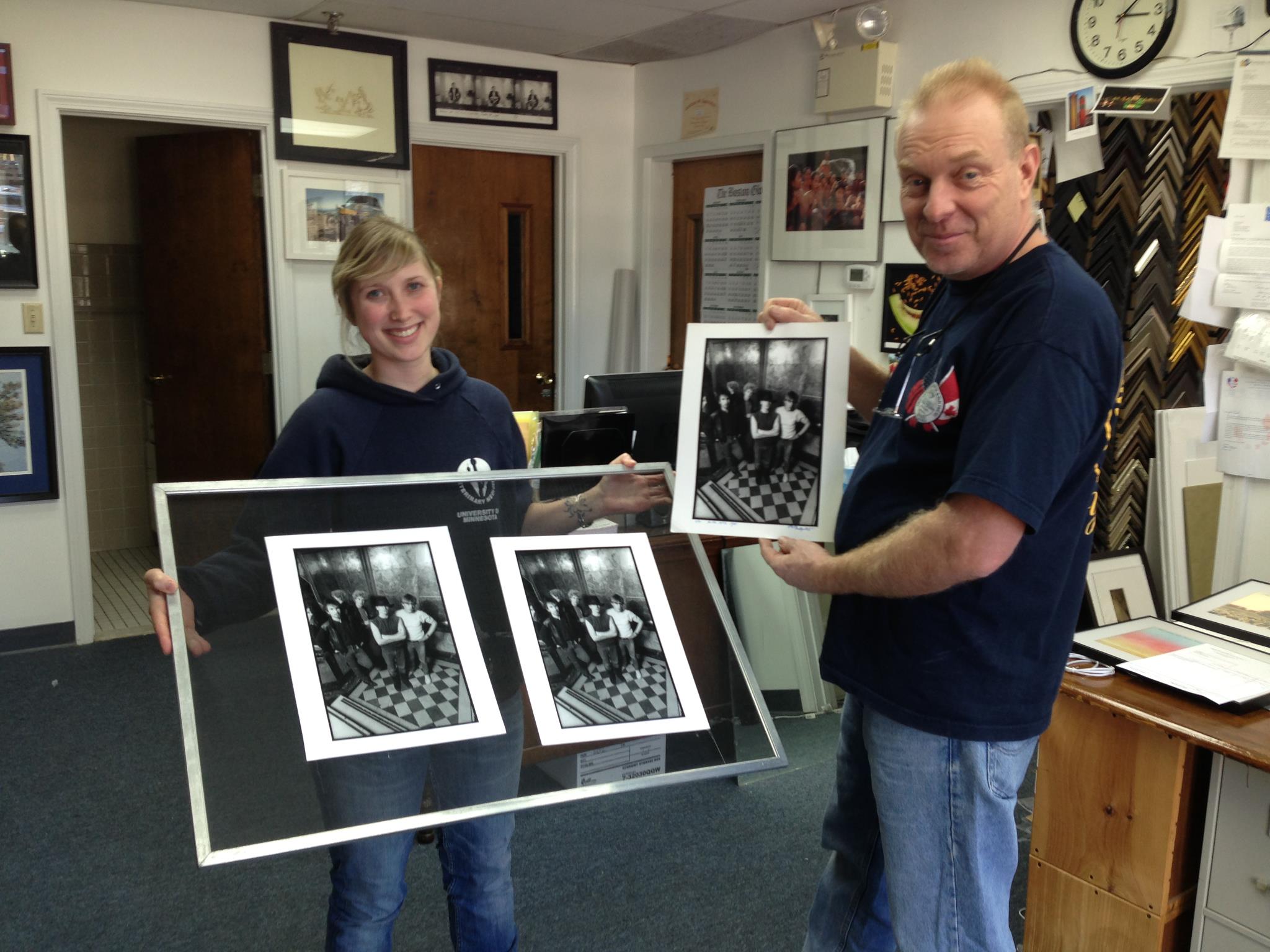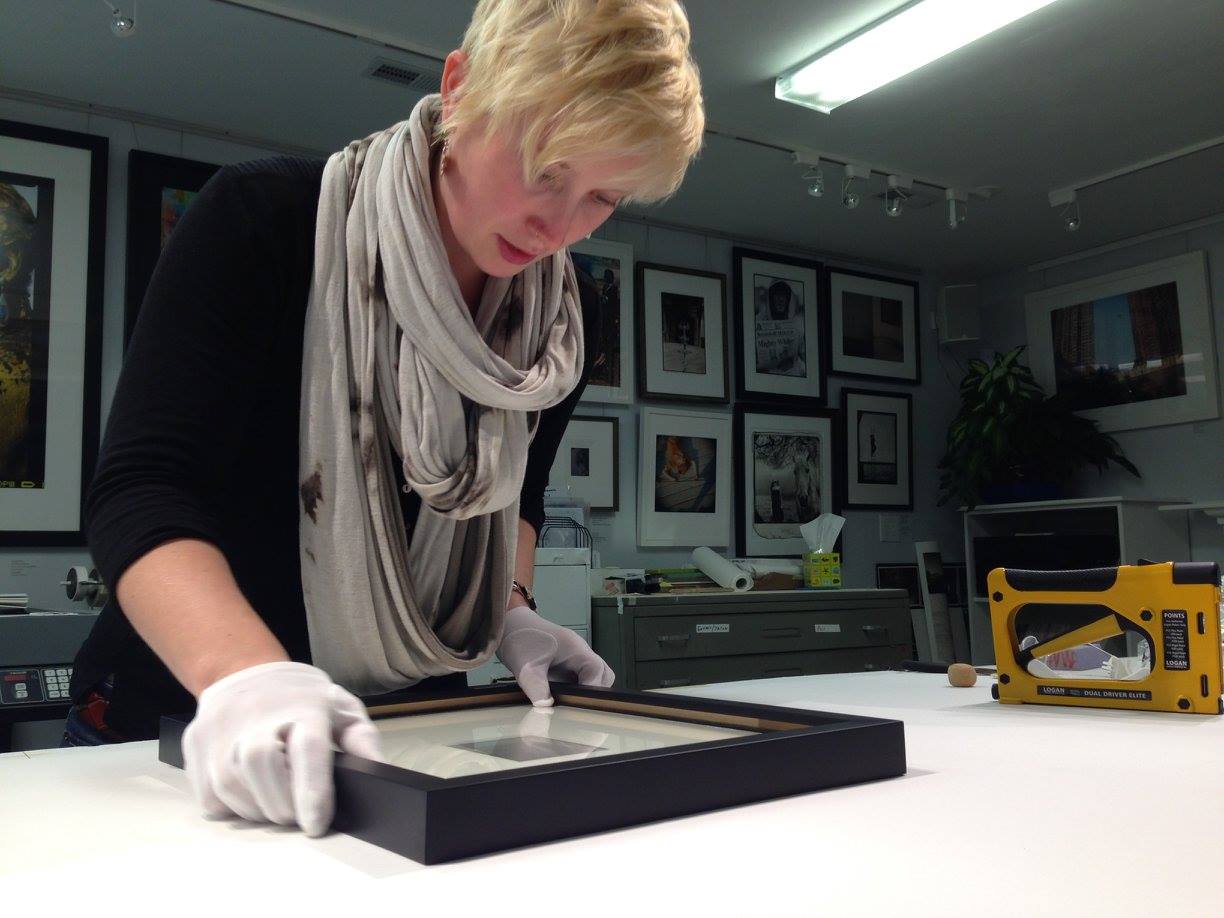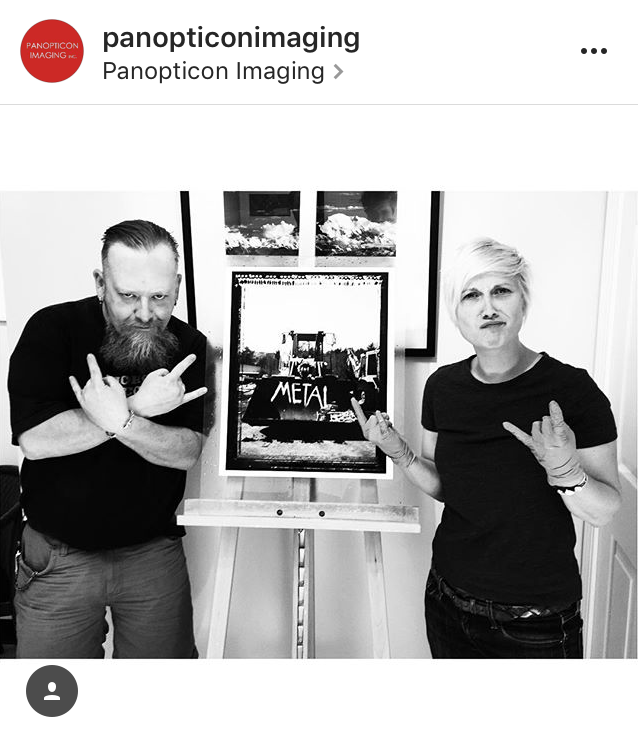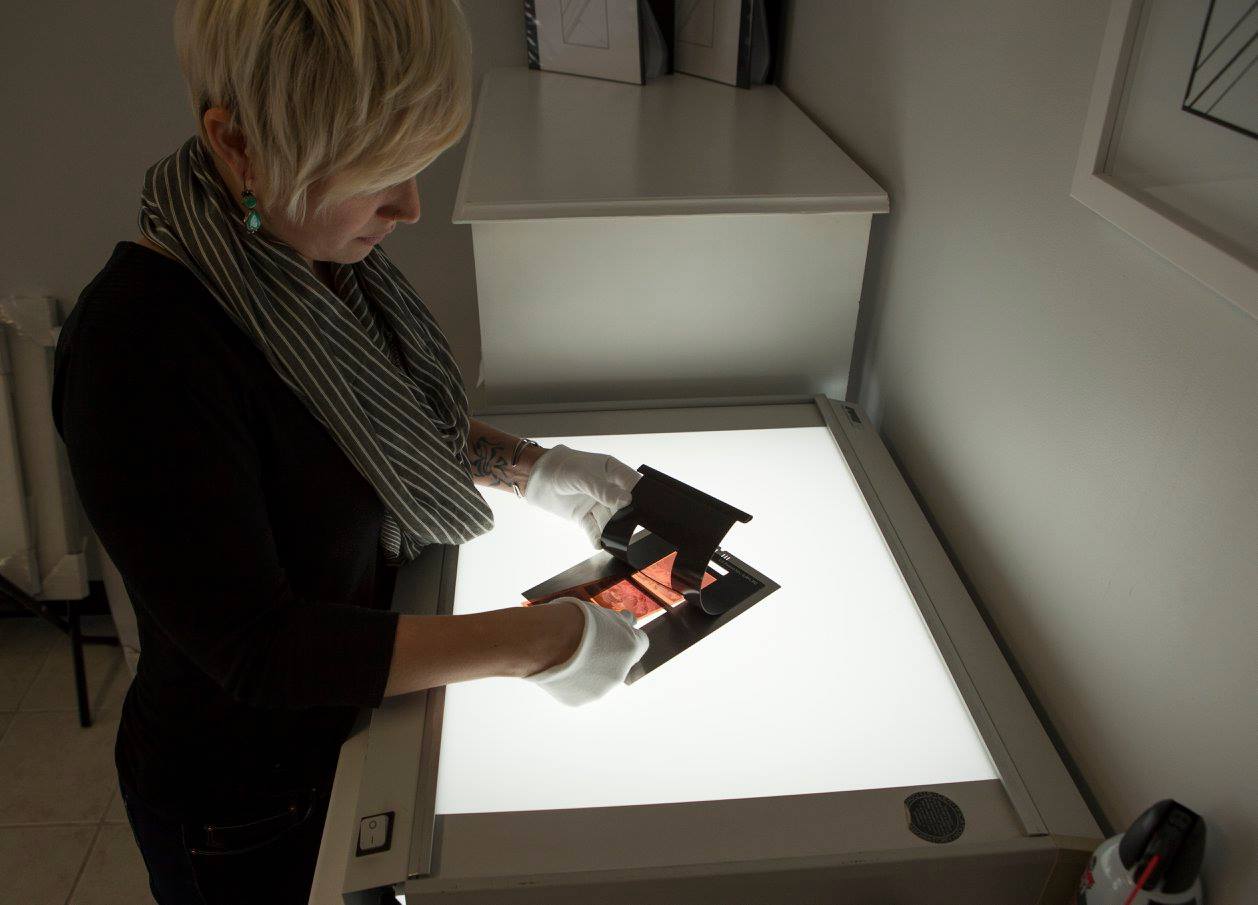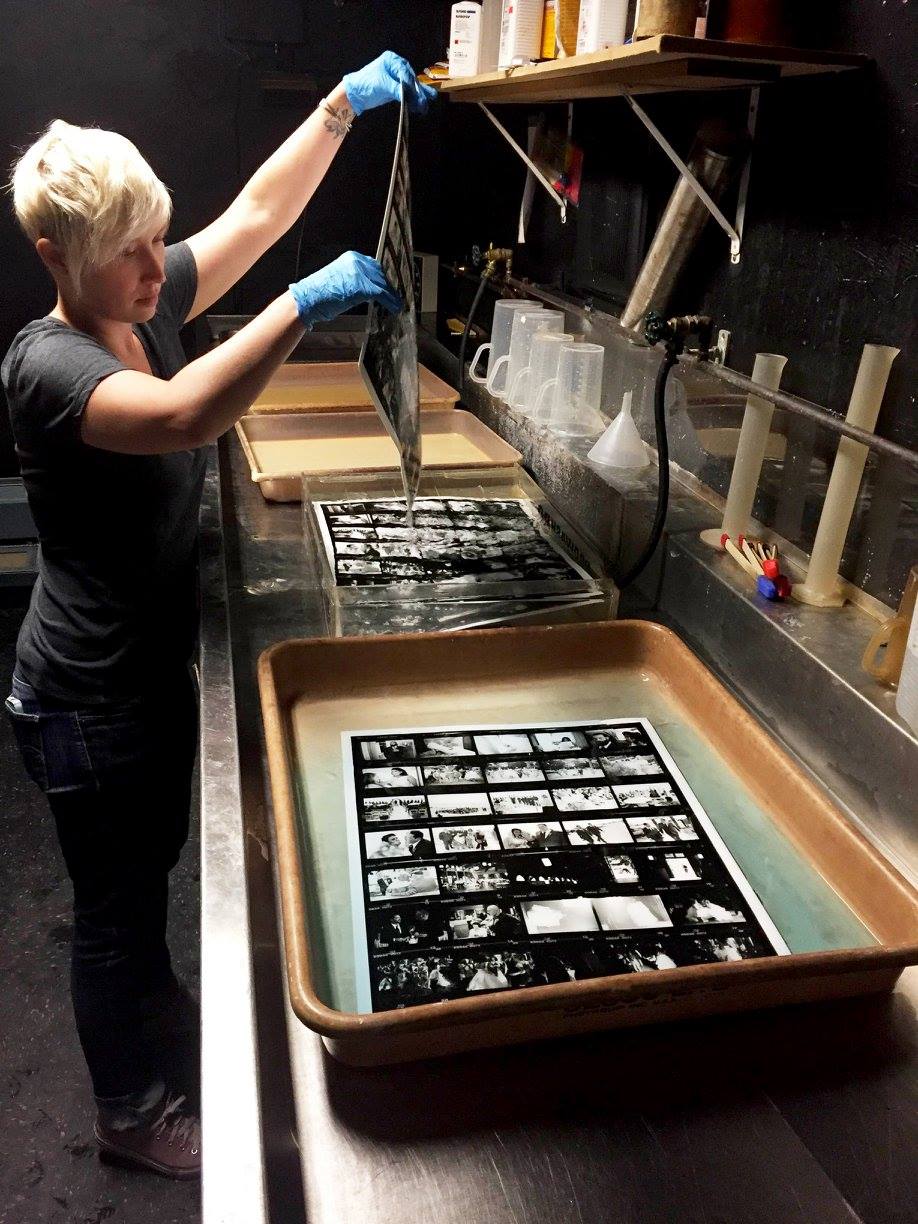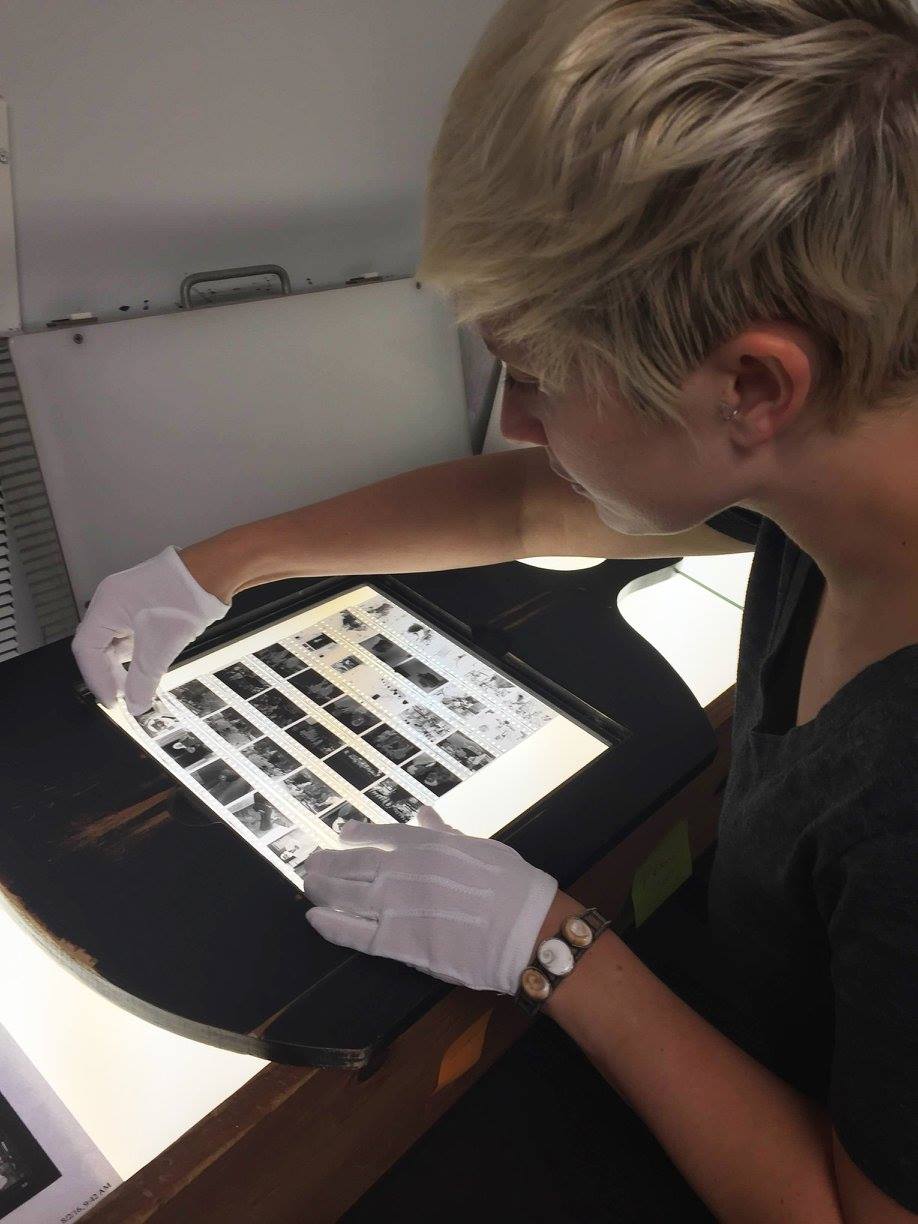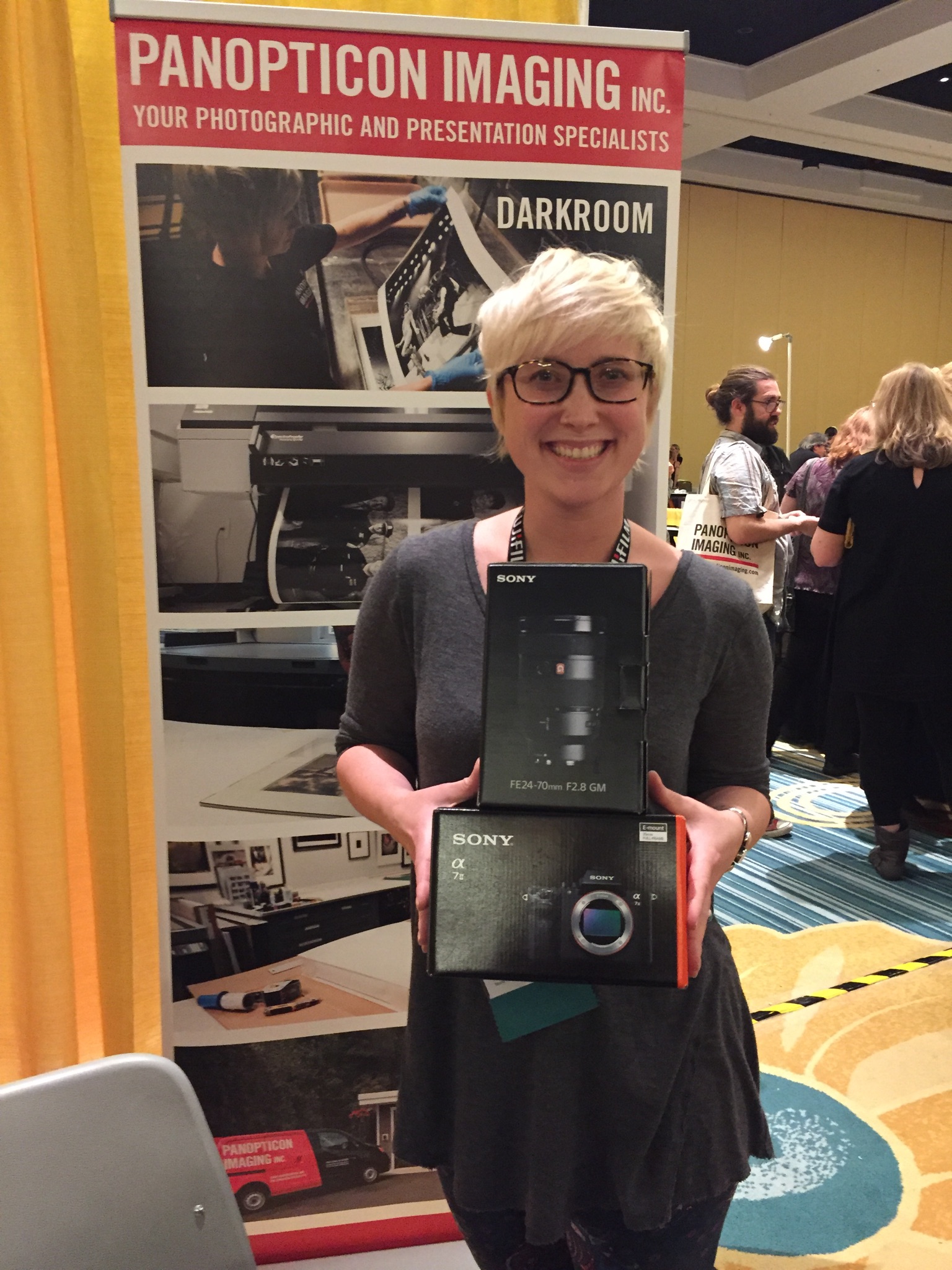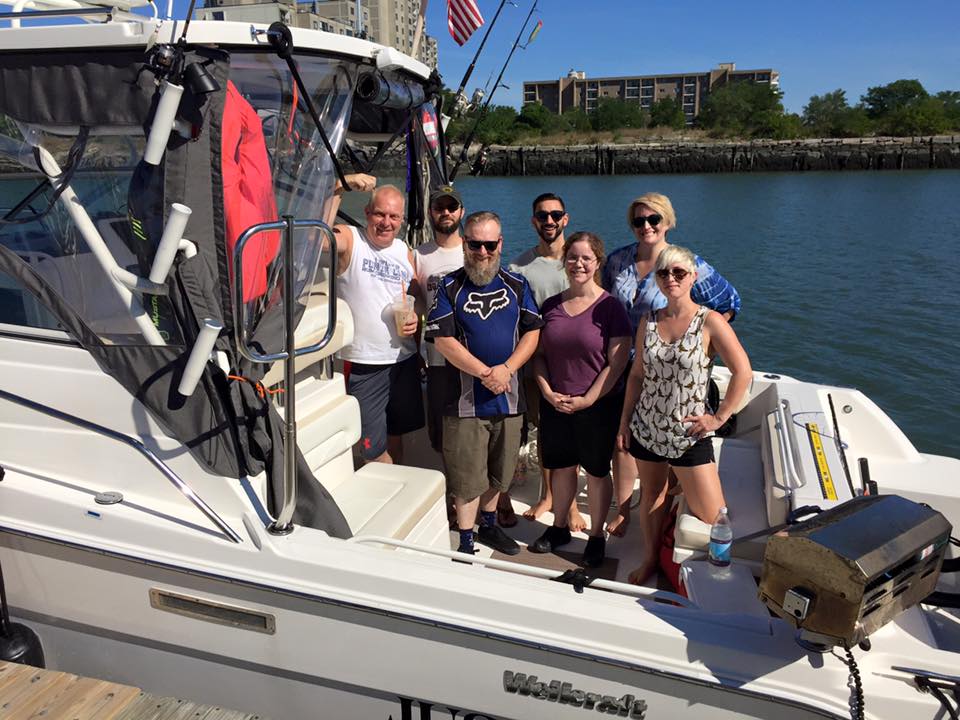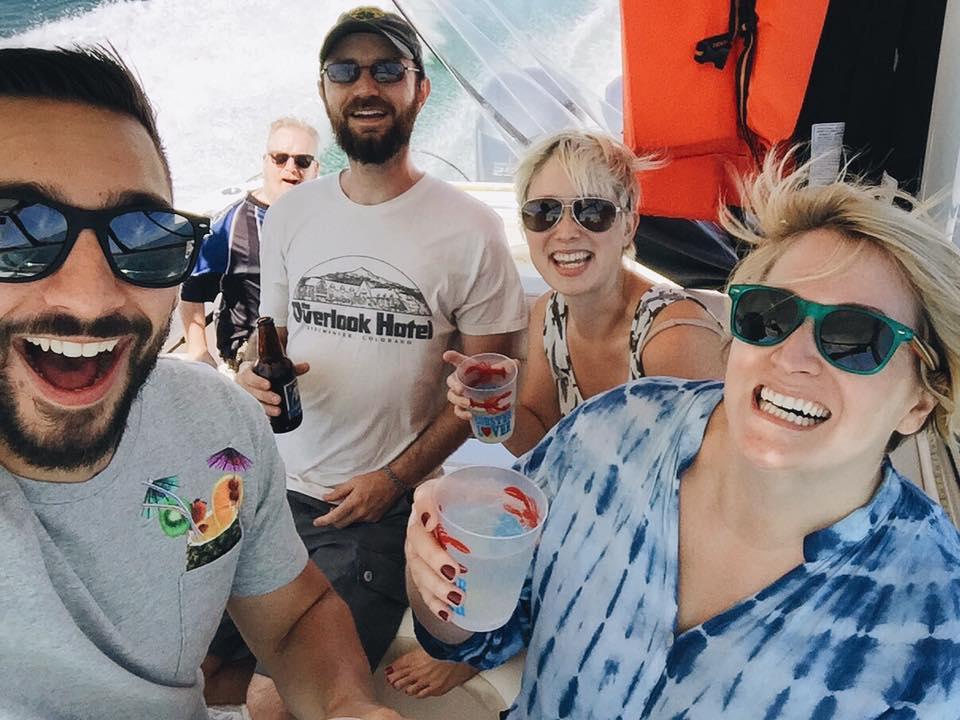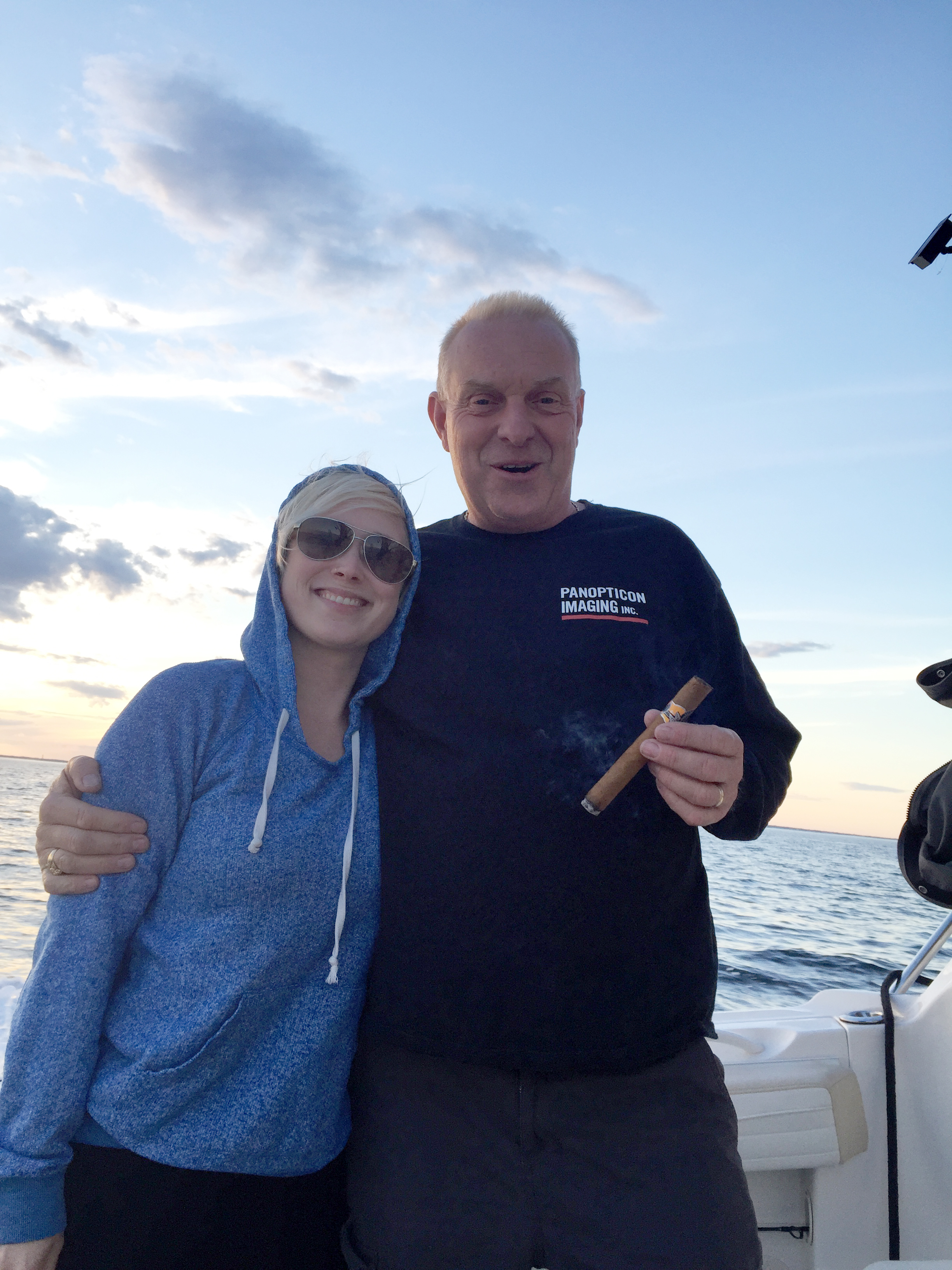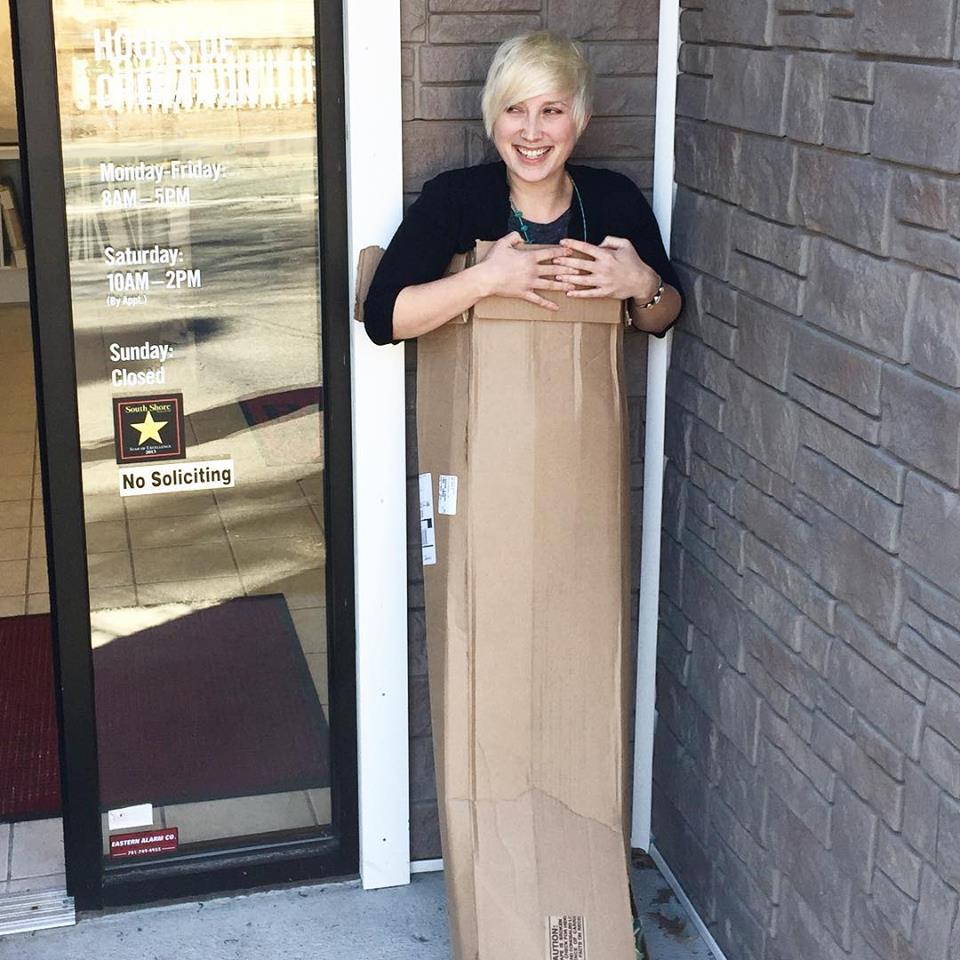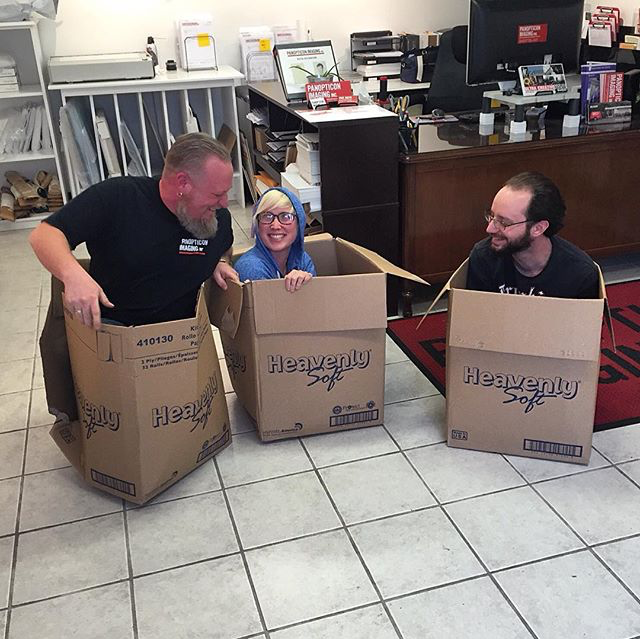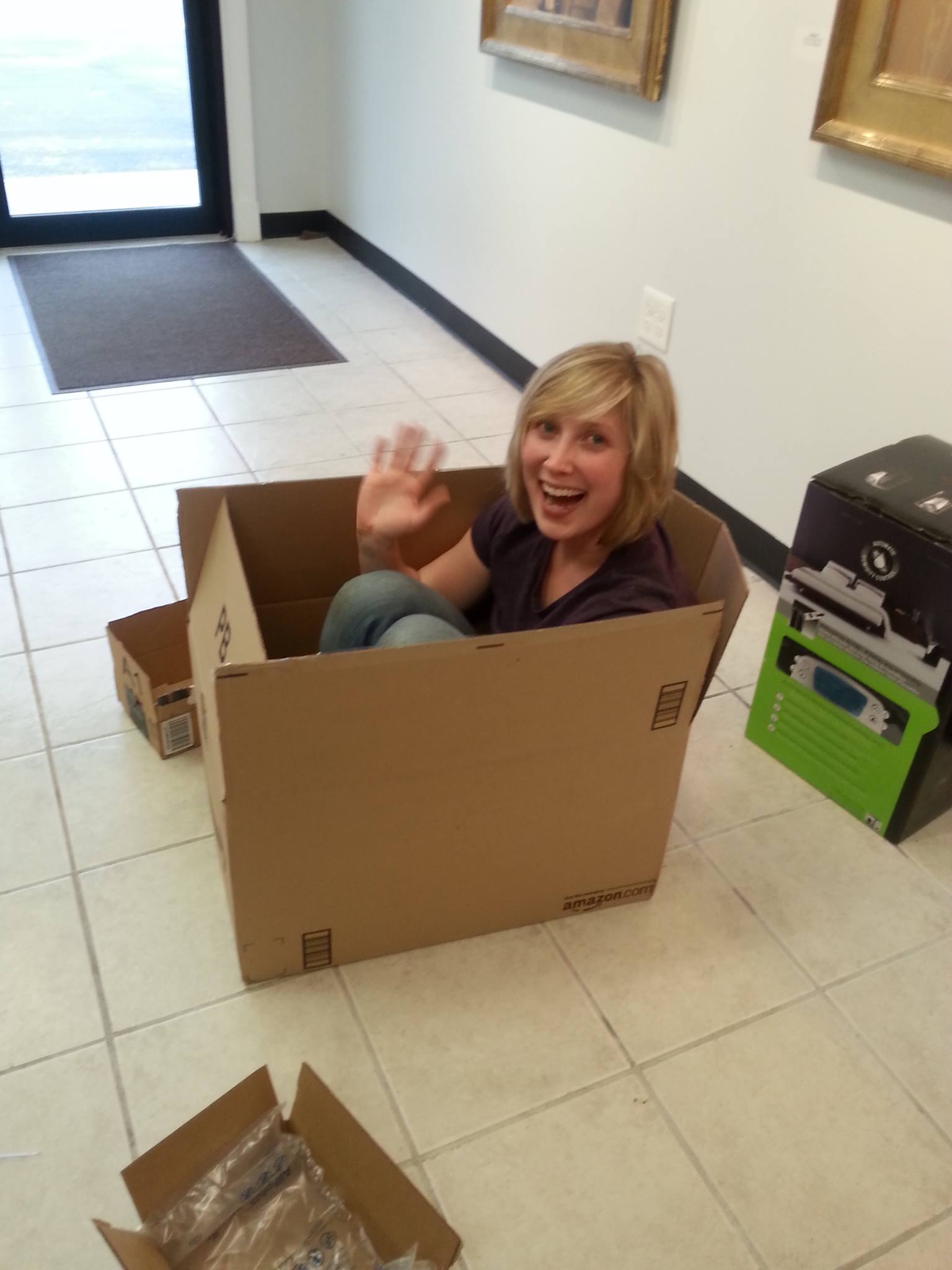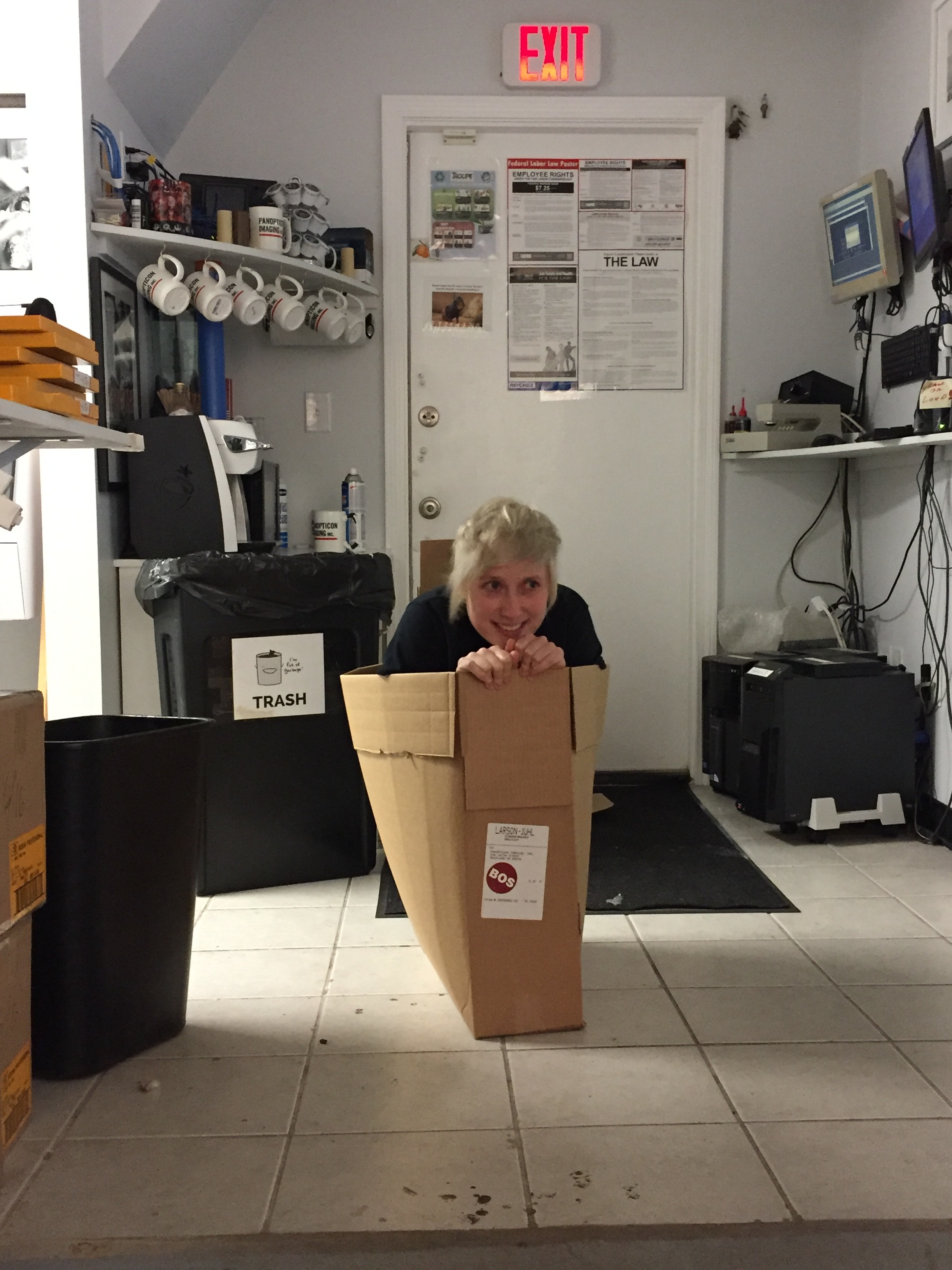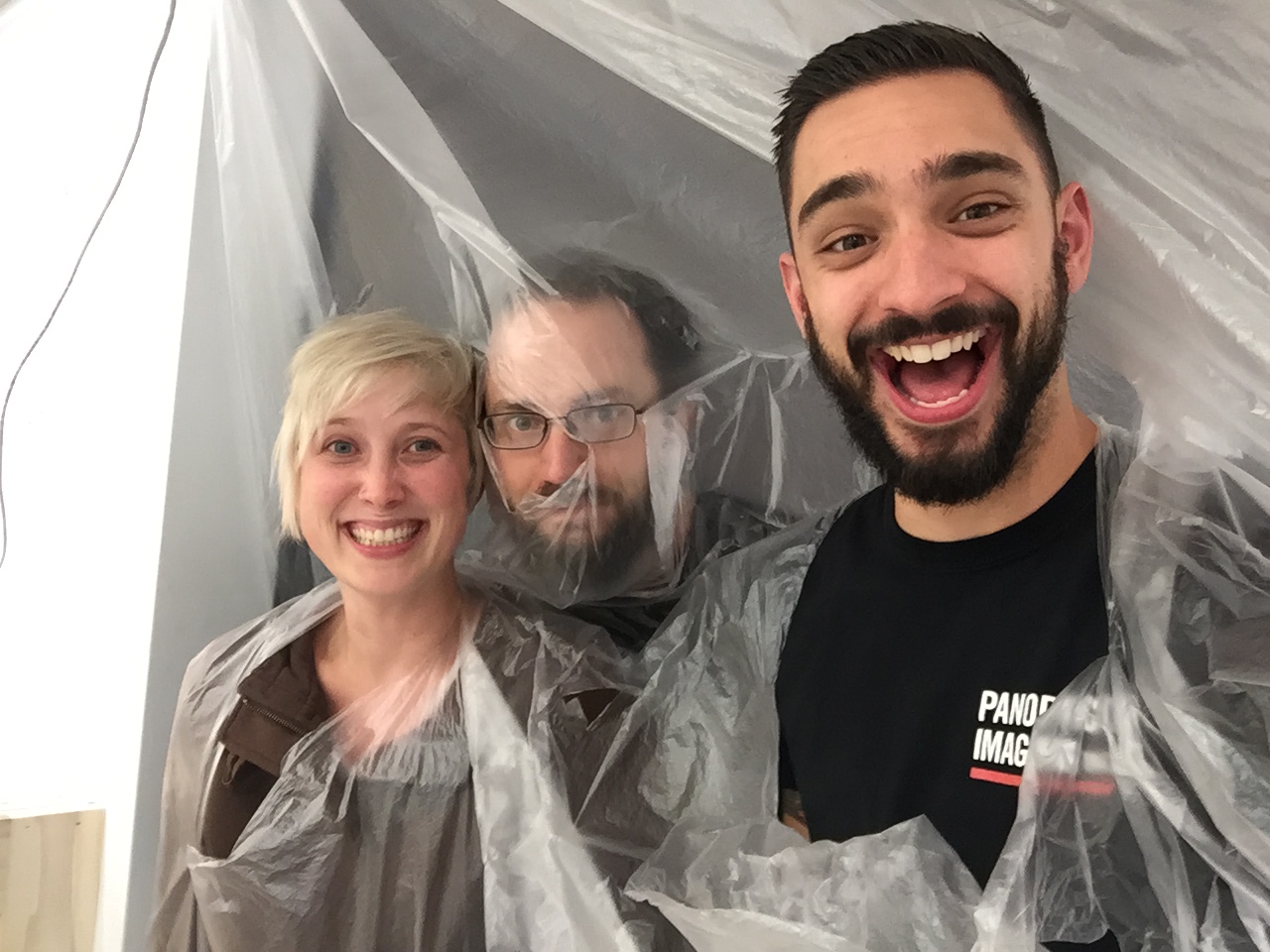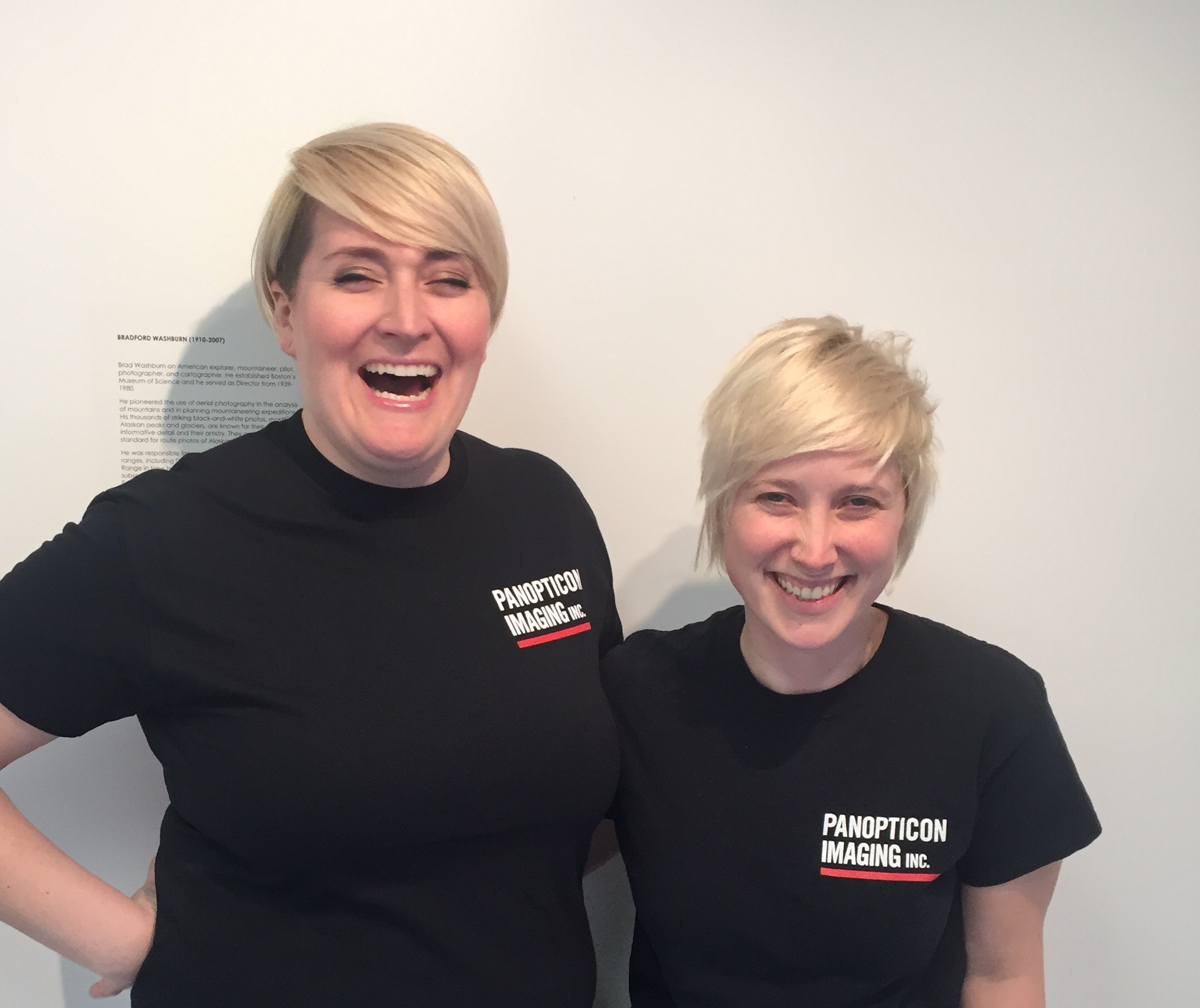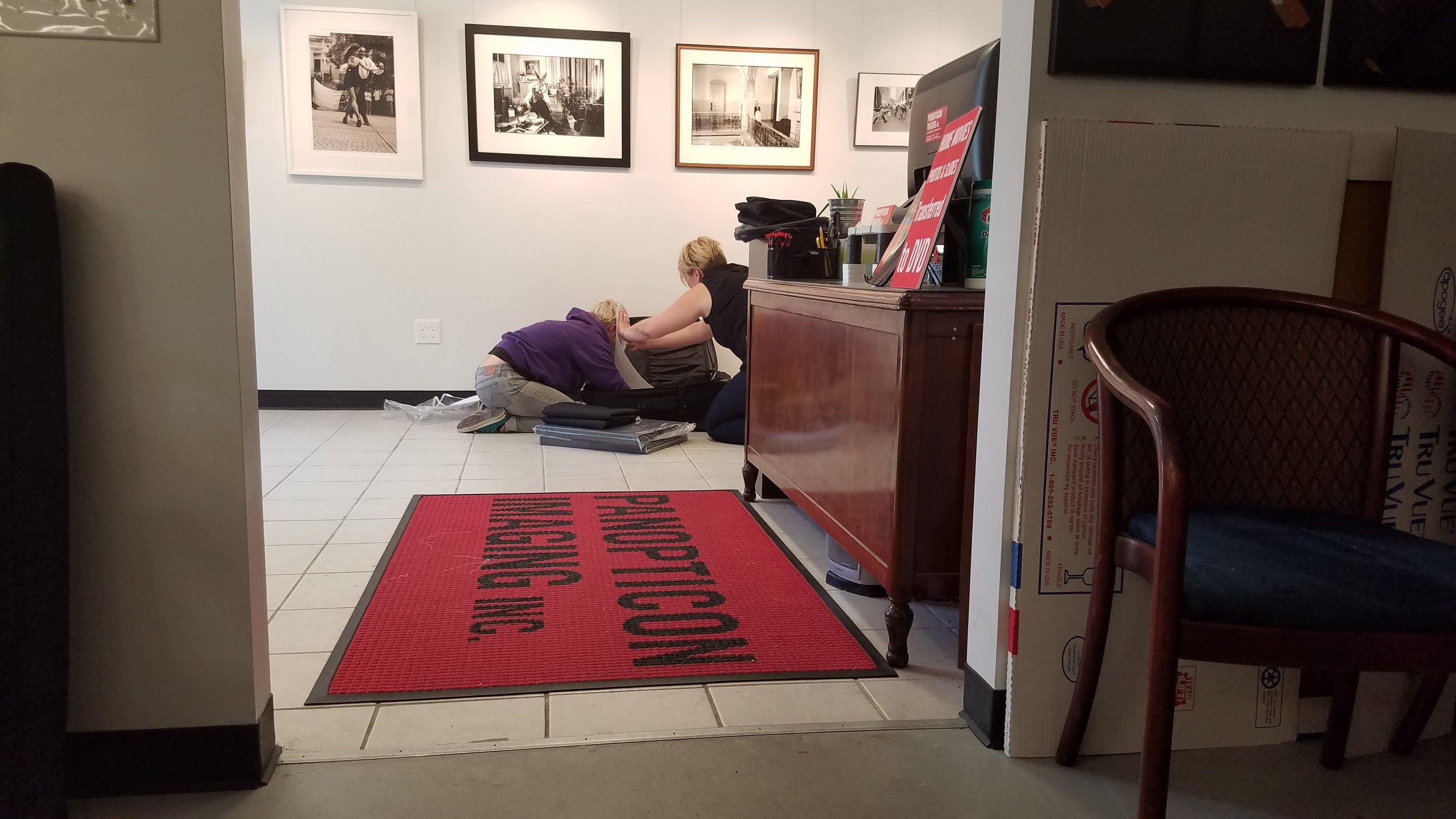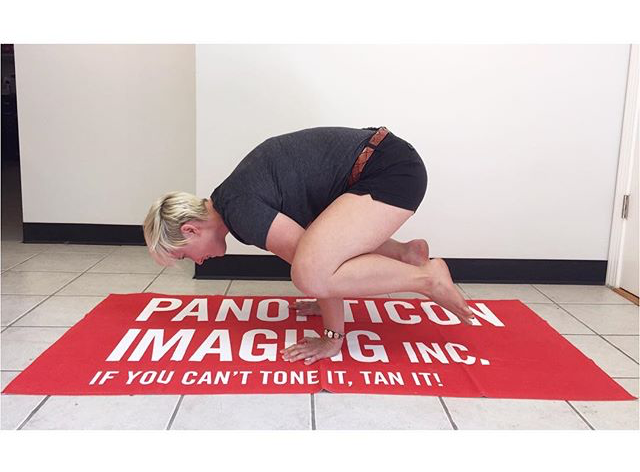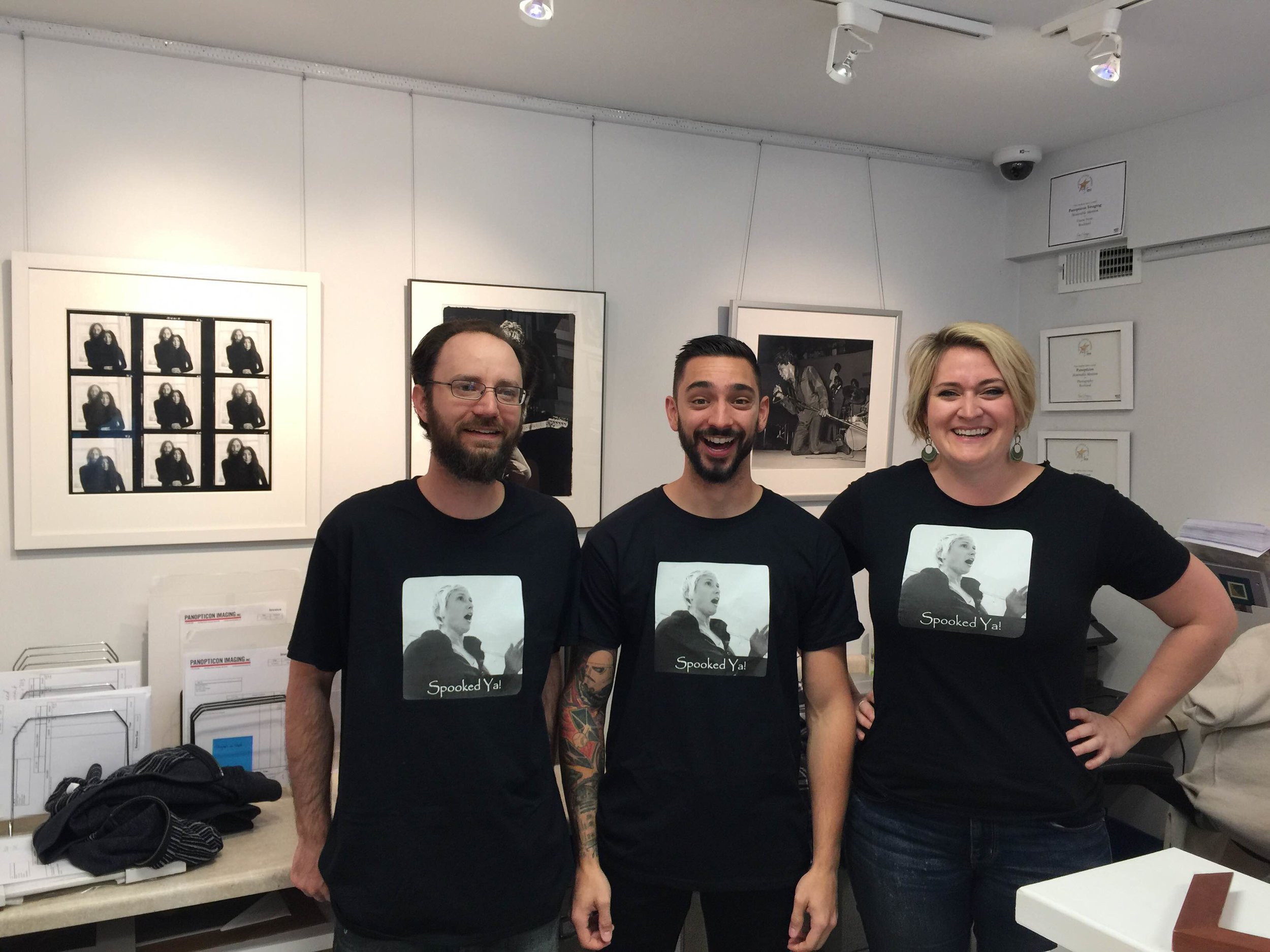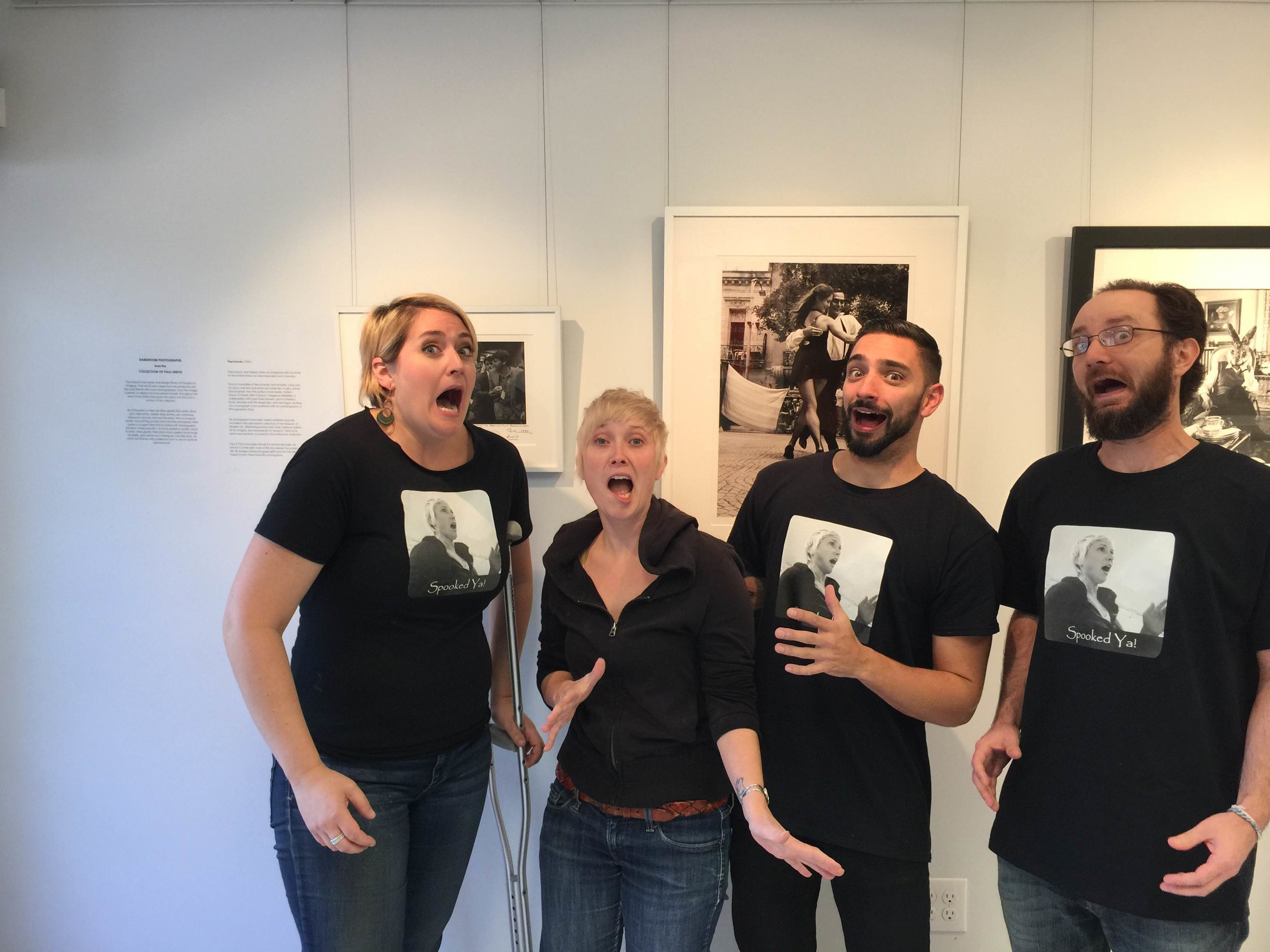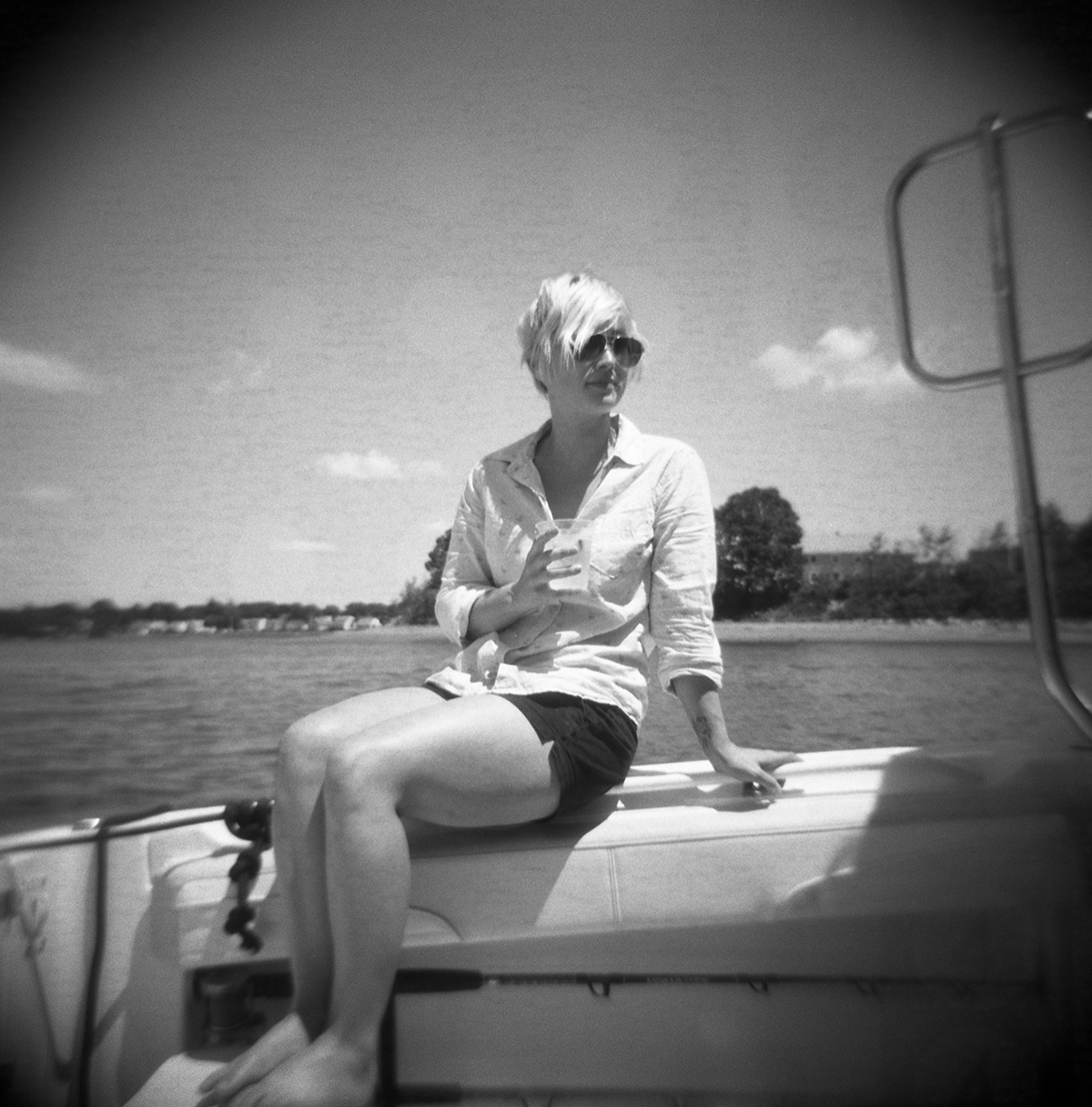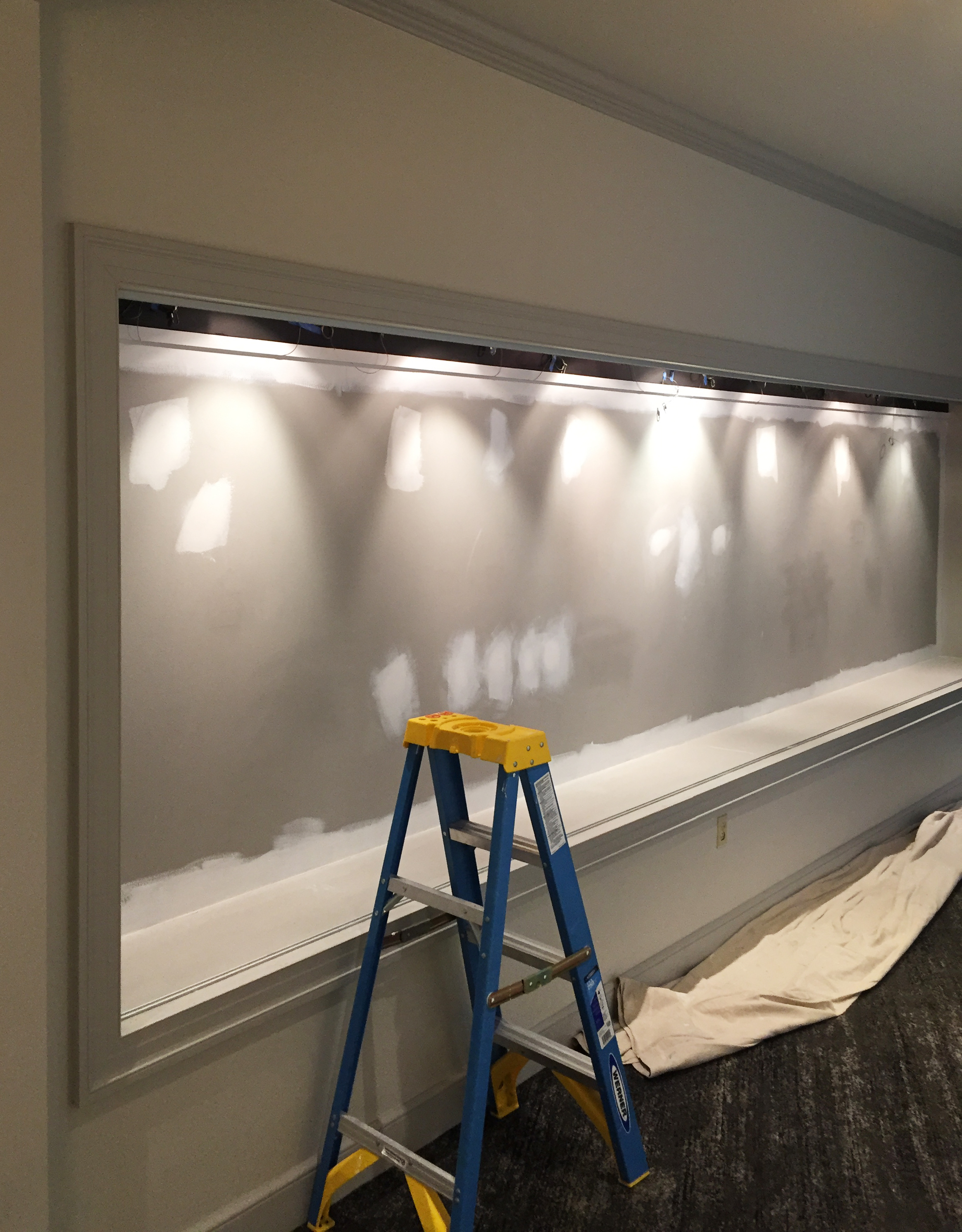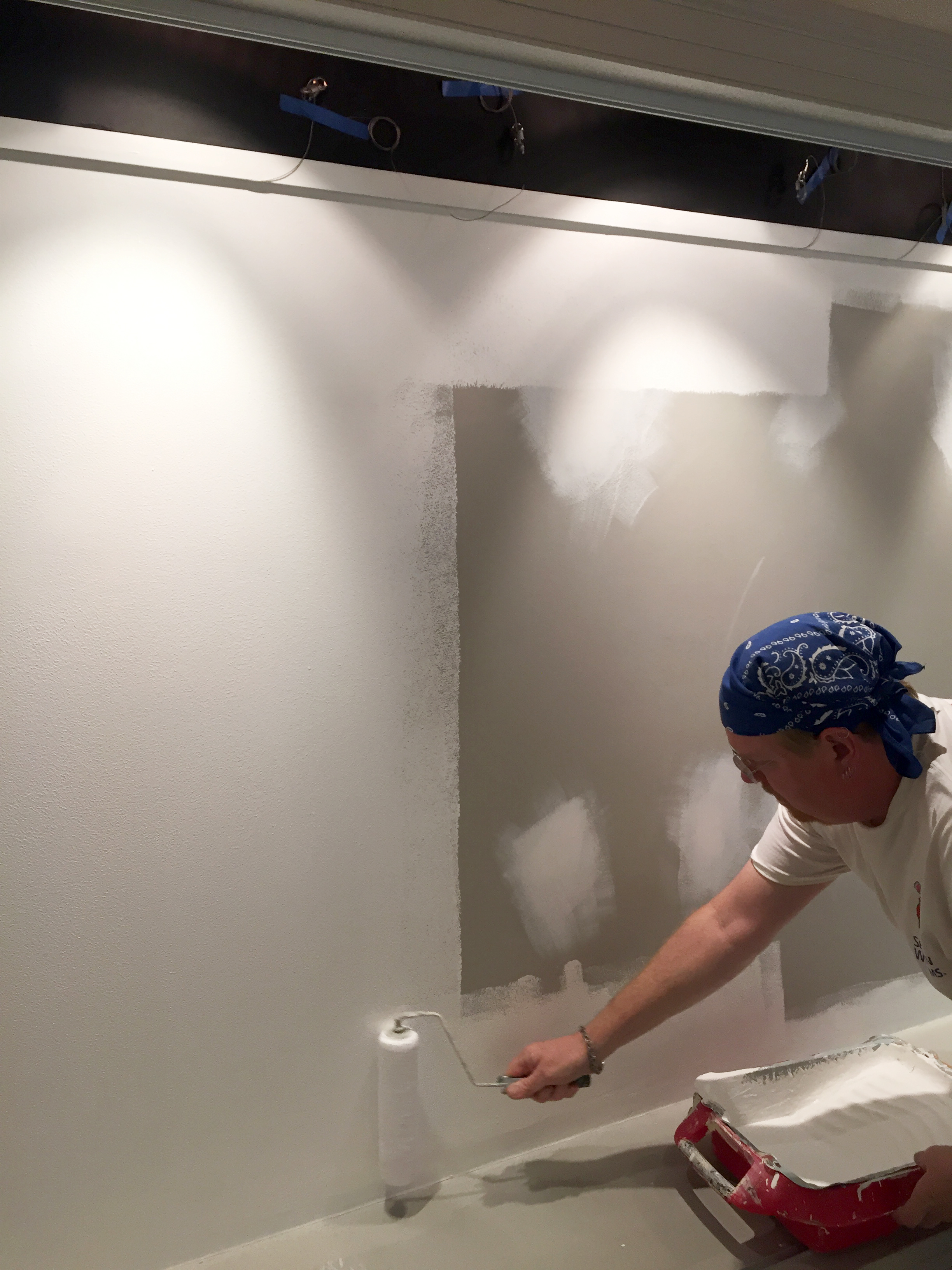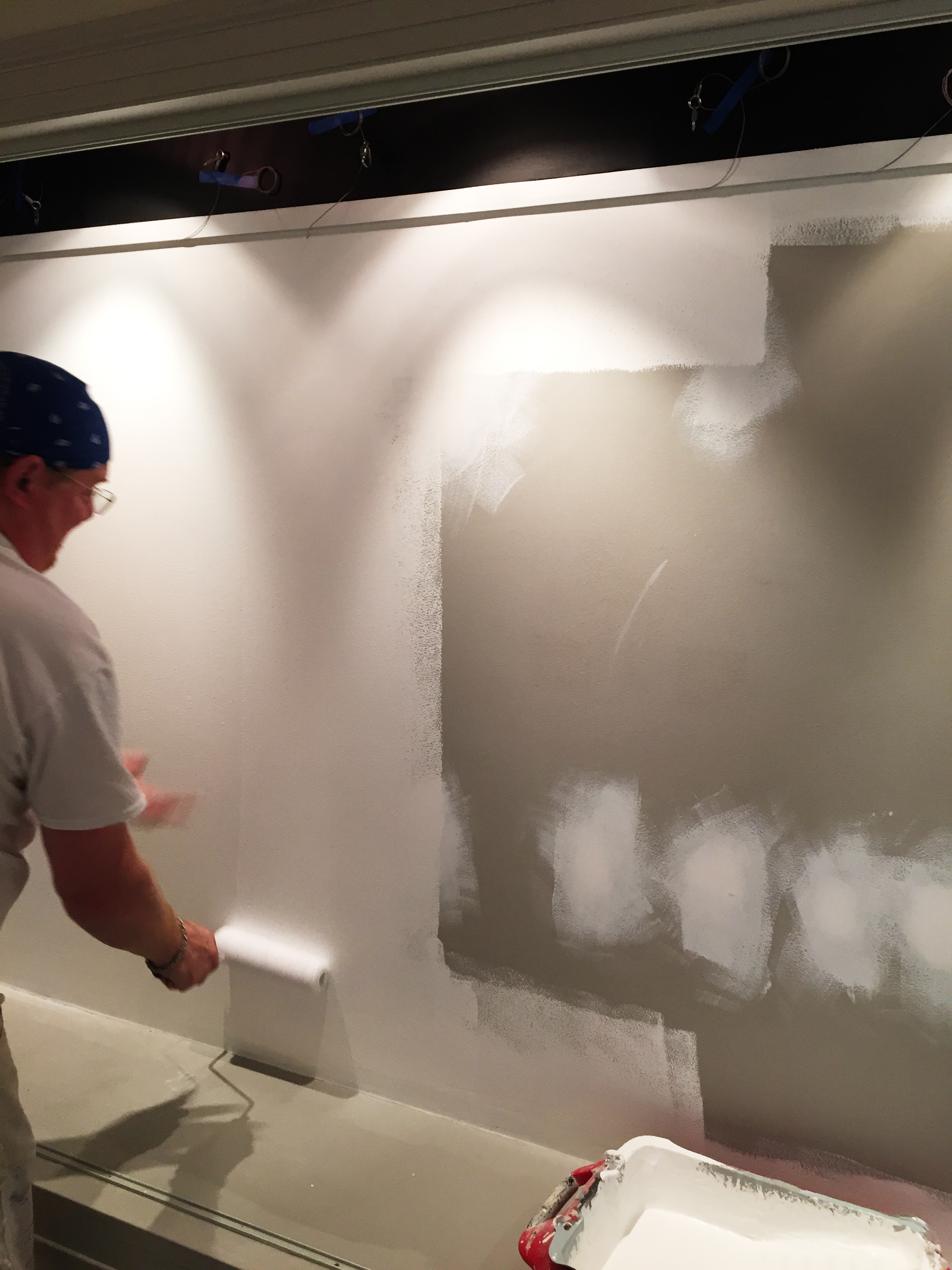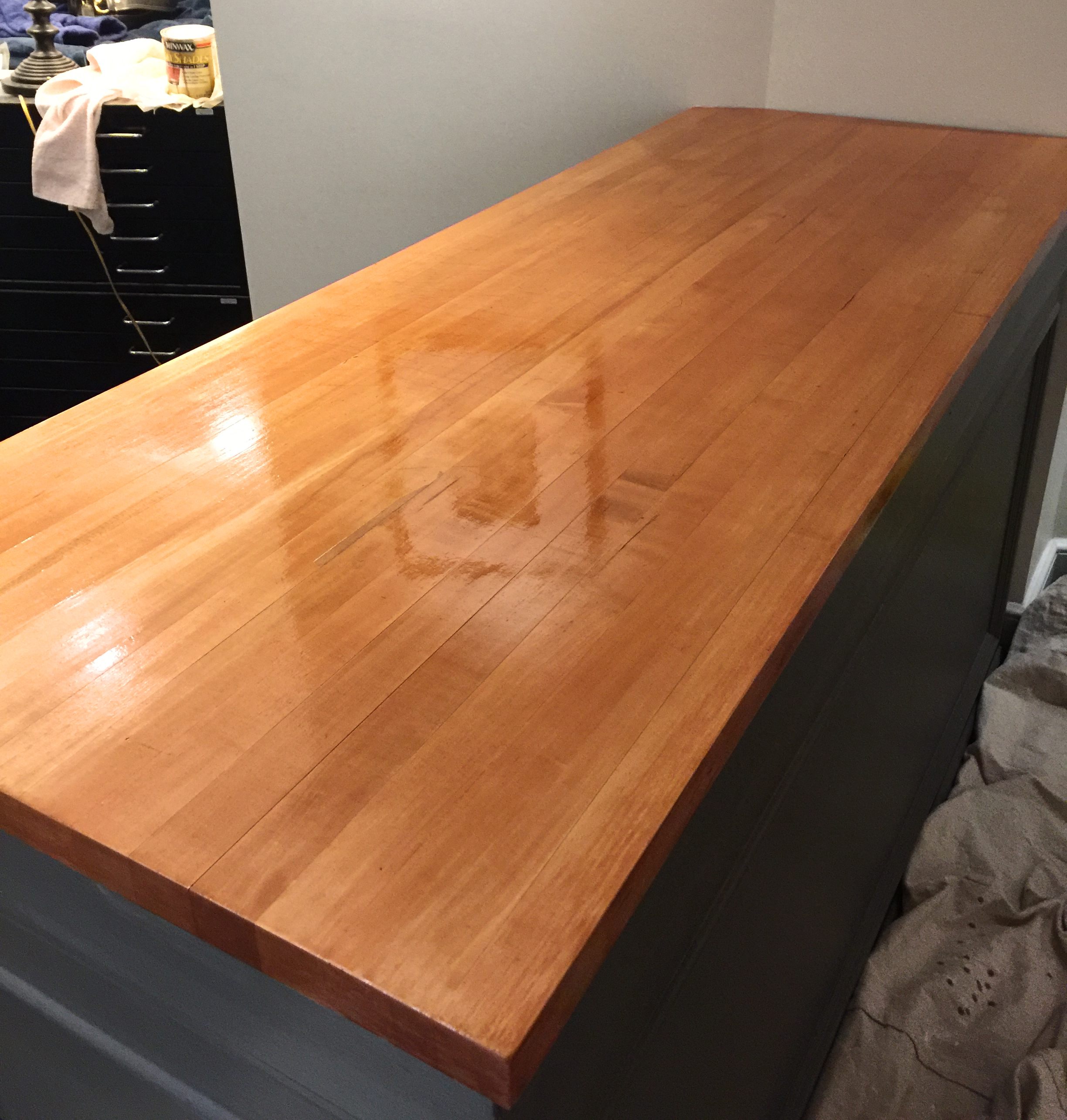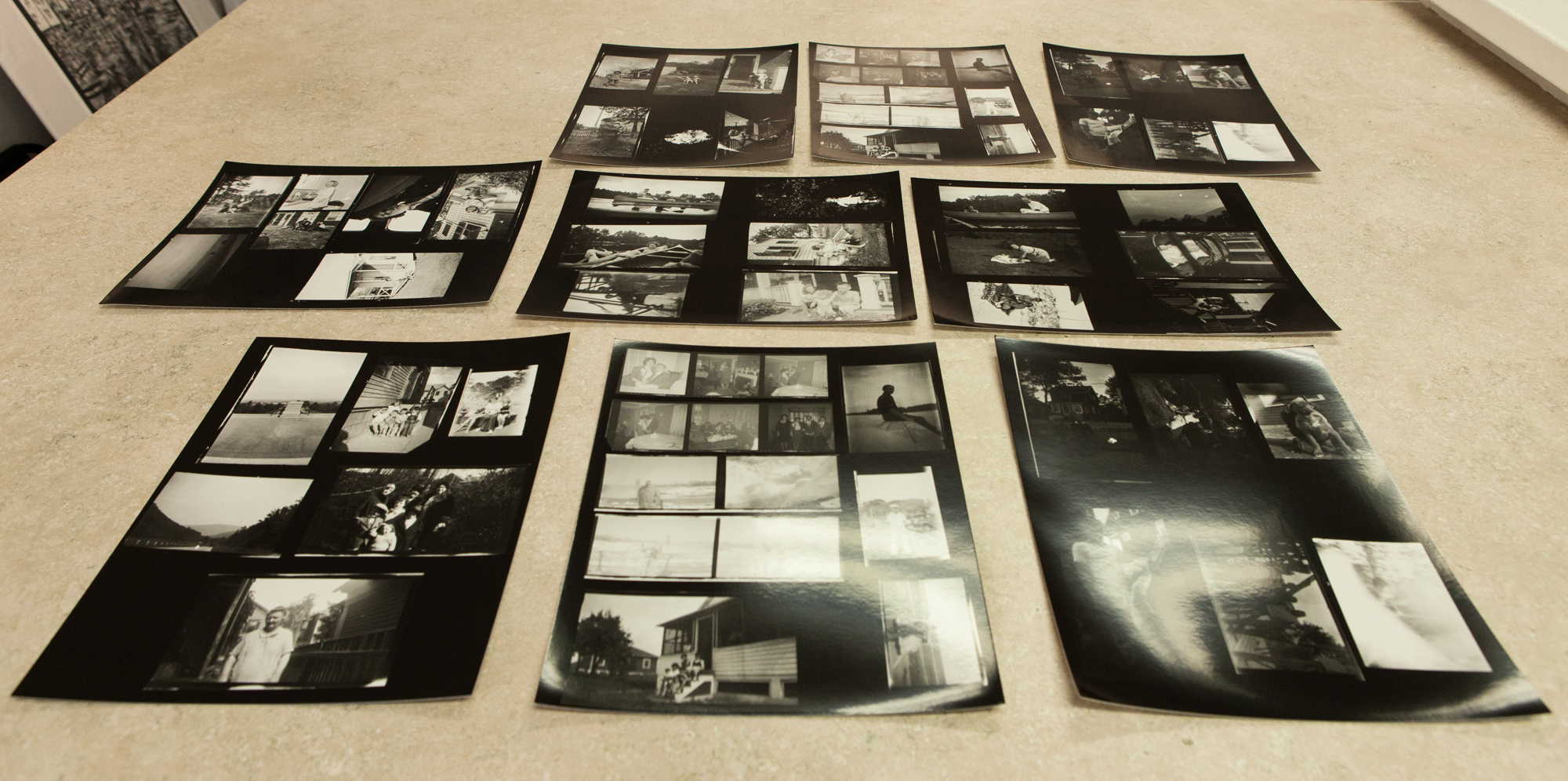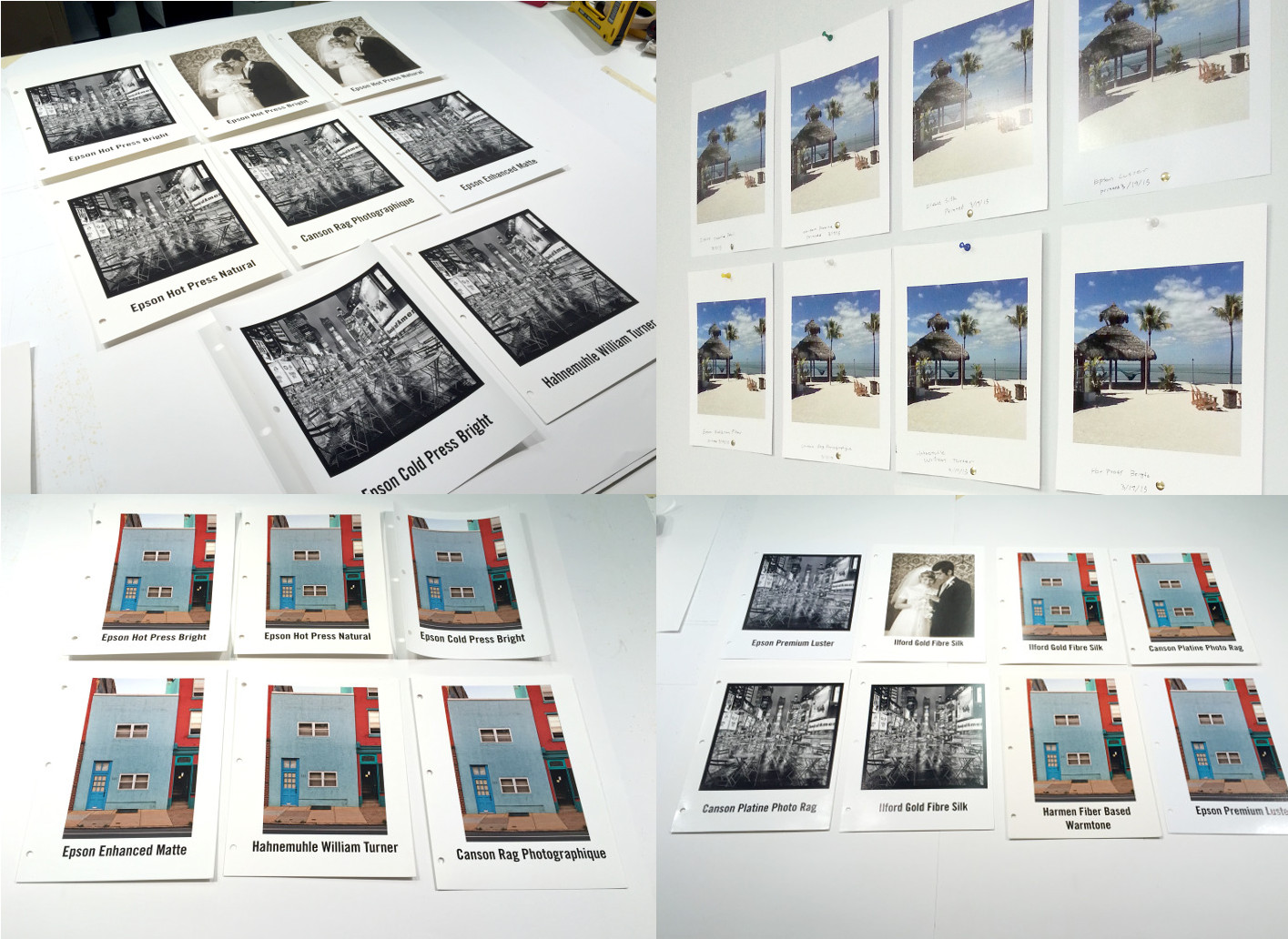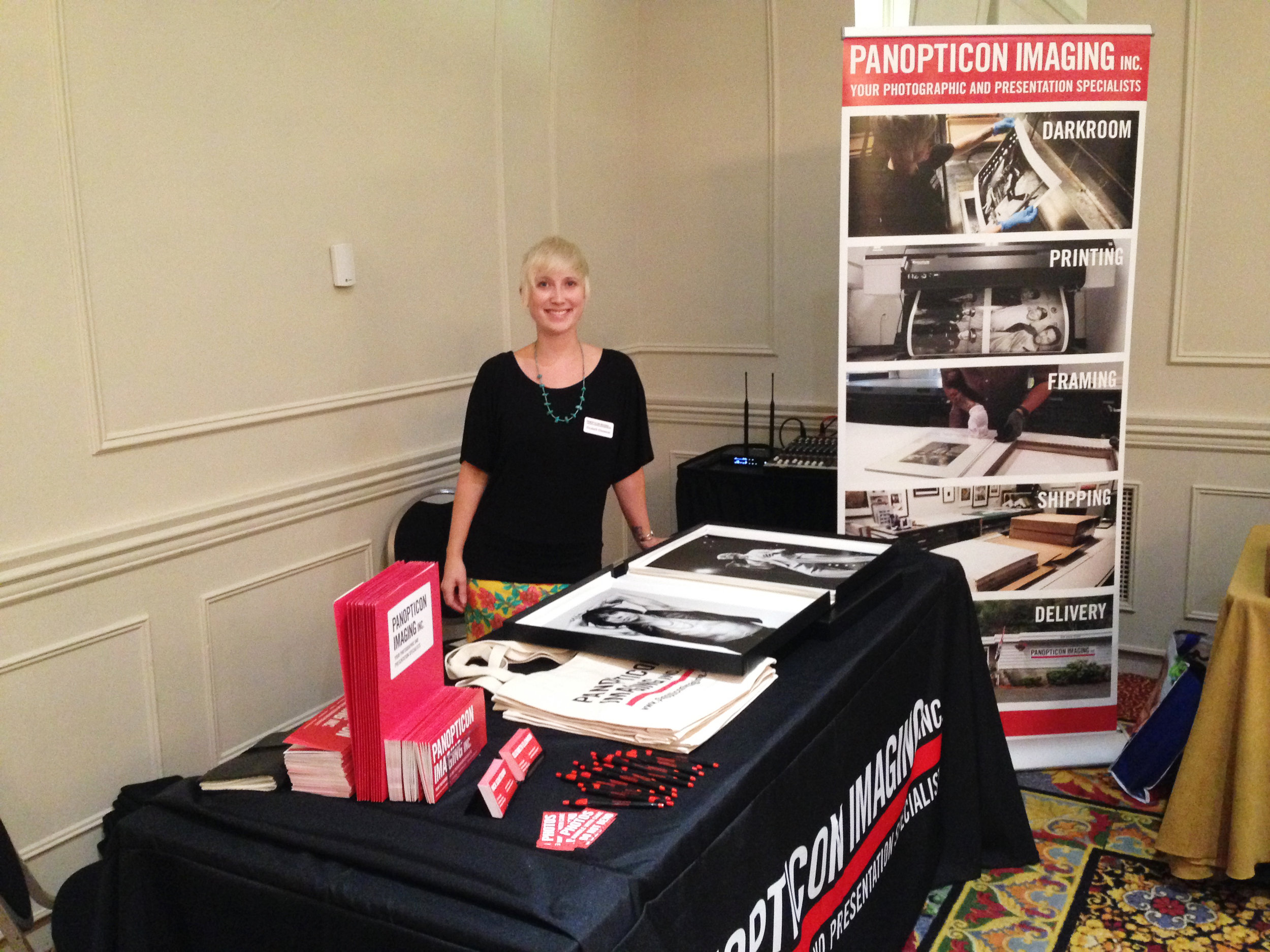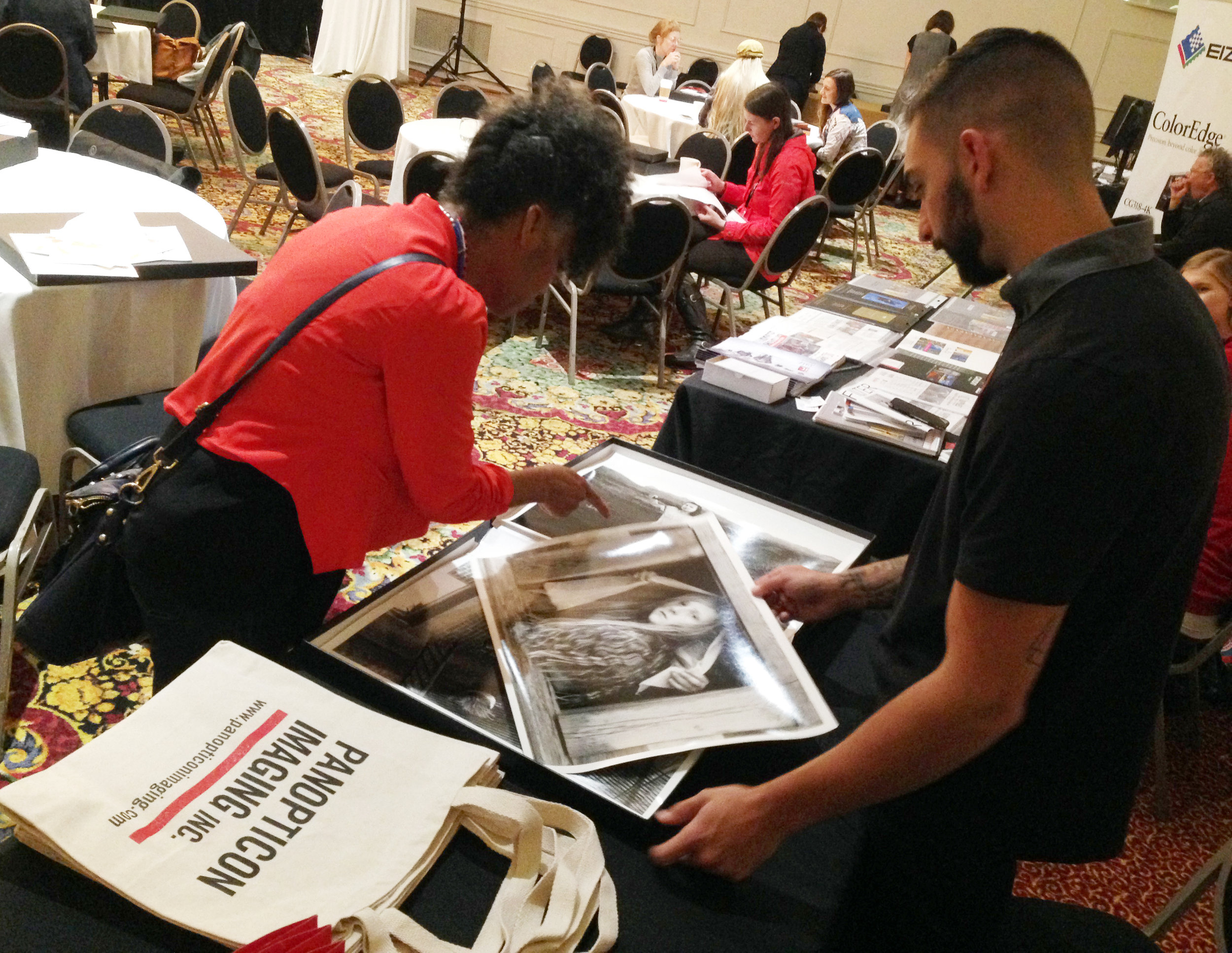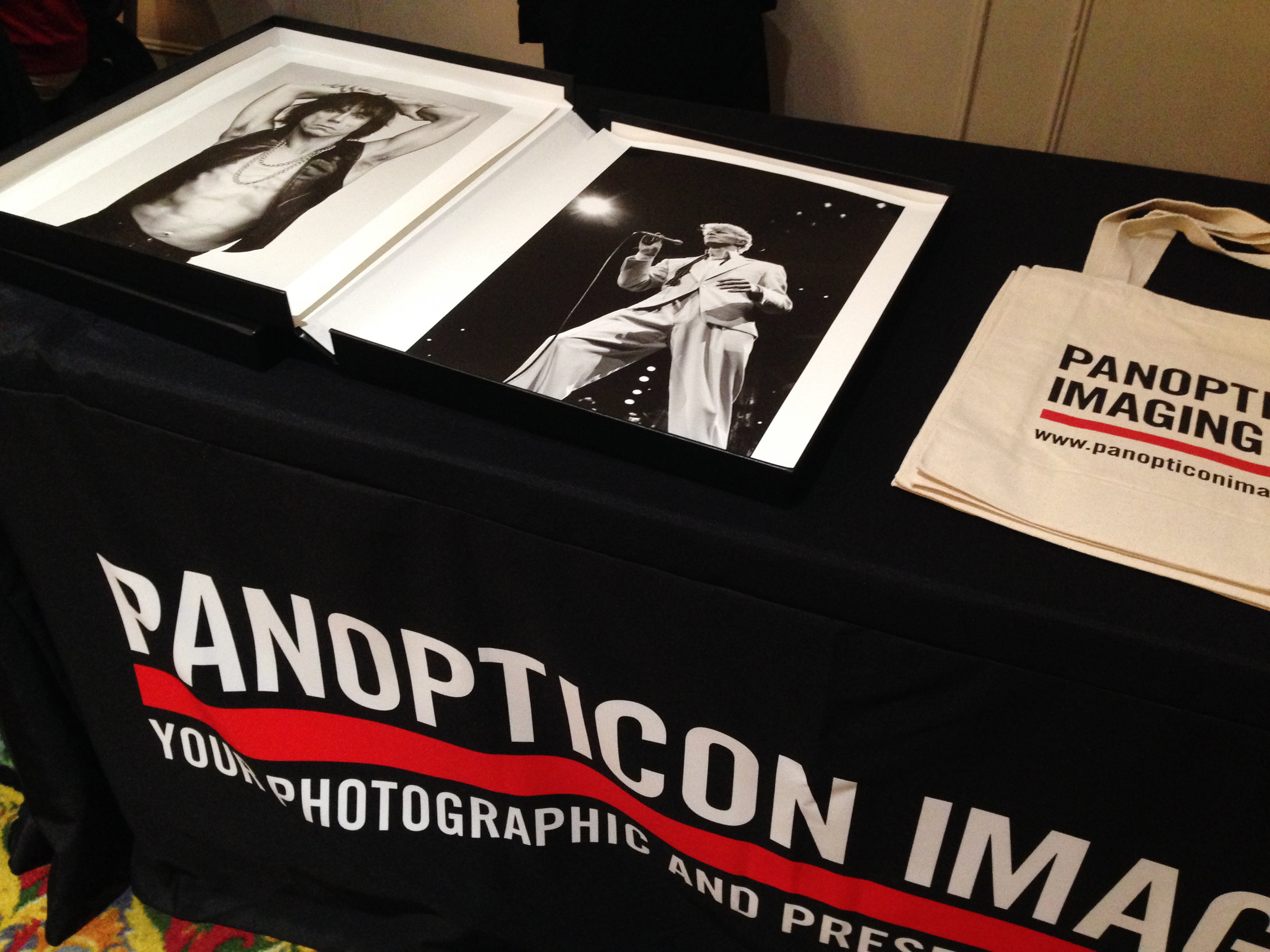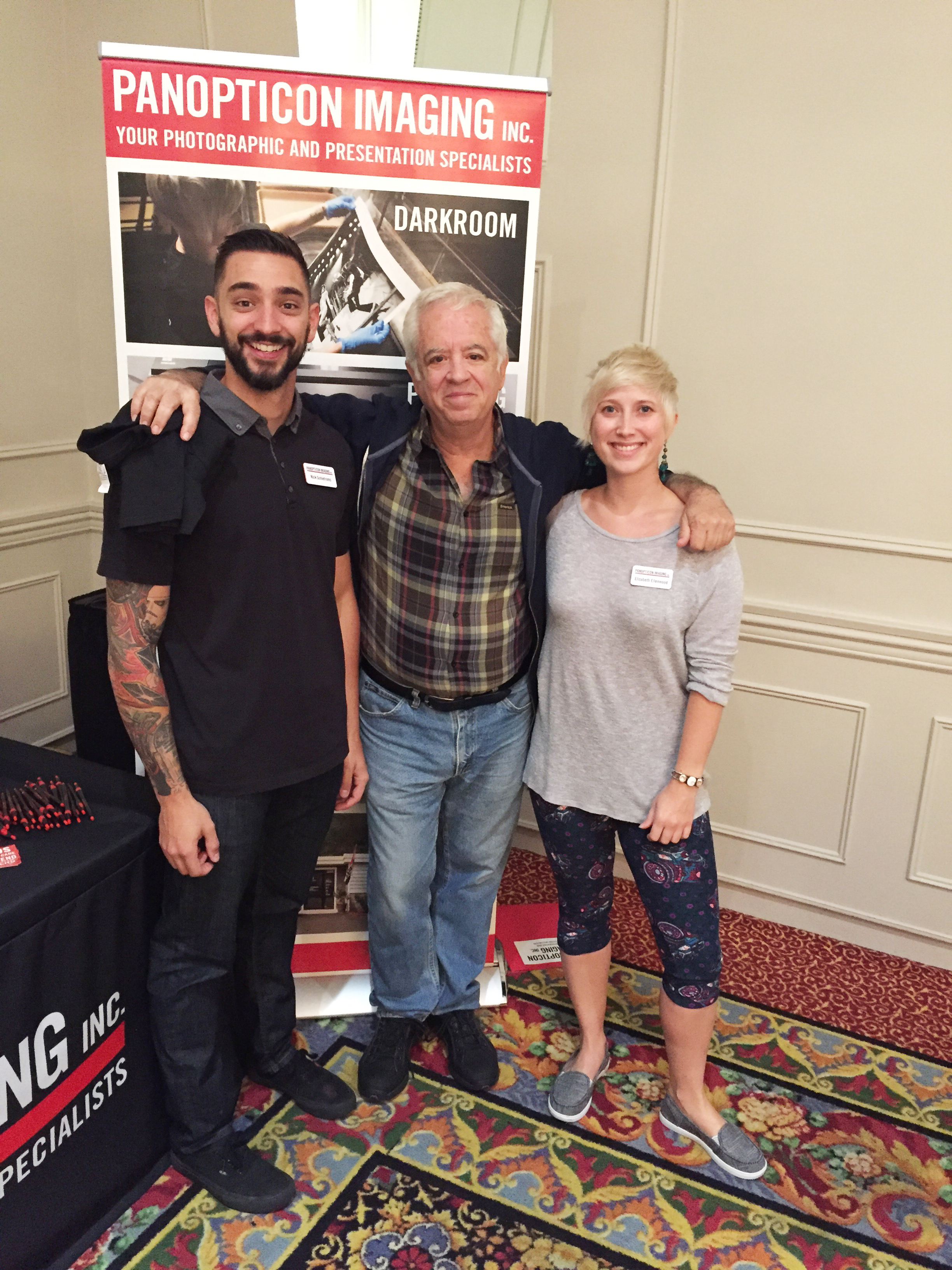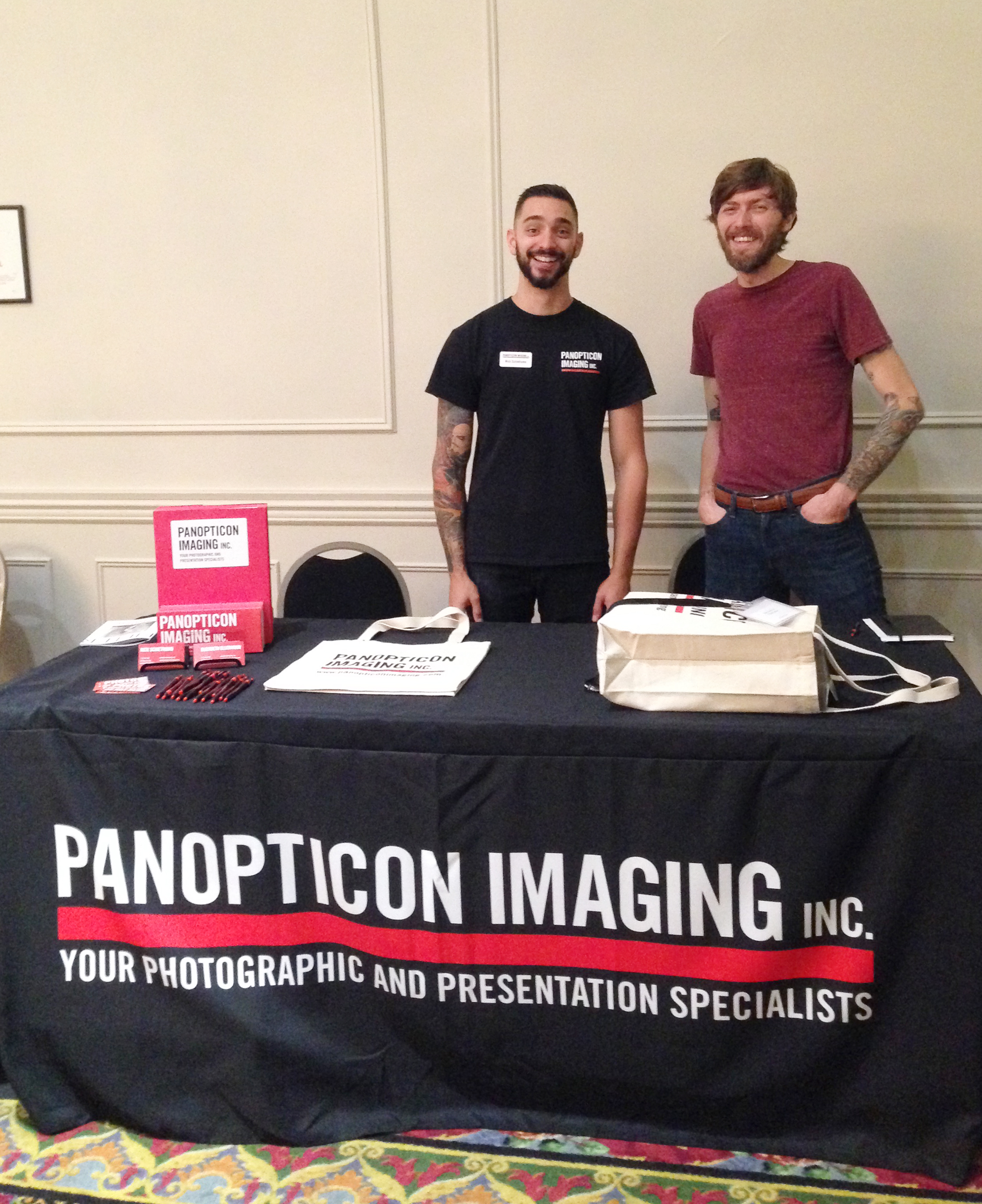When in the market for a new camera, most people don't know where to start. Many people purchase cameras beyond what they need because they think the more expensive the camera, the better it is. If you want a camera for family vacations, you wouldn't buy the same camera that you would use to professionally shoot weddings. This post will give a brief outline of the tree tiers of cameras that you can purchase and what each type is best for.
The first type of camera is the one that you would buy for your children, your grandparents, or for everyday events that you would like to capture. These are point-and-shoot cameras. They are mostly automated but you can choose settings like portrait, night, sport, and optical effect modes. This type of camera is a step up from your phone camera, so your Facebook uploads will look great. Point-and-shoots run anywhere from $50-$250 and are small in your hand with very easy to use settings. If this is the type of camera you are interested in, check out the Canon Powershot ELPH 180.
If you would like to go a little higher in quality and complexity, the $250-$800 range might be for you. This group of cameras are known as digital single lens reflex or DSLRs. DSLRs give you more control over the image settings and are great for those who are interested in leaning more about photography or for web based media. In the manual mode, you have full control over the shutter speed, aperture, and ISO. DSLRs also have removable lenses so you can chose any lens you want that fits the mount. Many of these cameras also record video in high definition. Although this type of camera is a higher quality than the first, files from these cameras cannot print much larger than 16x20 inches. If this is what you are looking for, the Canon EOS Rebel T6 might be for you.
For a professional quality camera, this is a case of spending more to get more. They can range from $800 to almost $4,000 (and then there are the medium format digital cameras that can be up to $45,000). Though, after a certain level, nothing changes. These cameras come with full control over your image, both in making the picture and its output. They create the highest quality files that are great for fine art photographs, professional commercial photographs and for large print based mediums. These DSLRs are for photographers who are already experienced with cameras and and how they function and would like an upgrade. The Canon EOS 5D Mark IV could be yours if you would like a professional level camera.
Recently, mirrorless digital cameras have become popular. They can run from $800 to $2,500 on the highest end. These cameras have all of the same settings as the high quality DSLRs but with smaller and lighter frames. The body looks like that of a 35mm film camera. Mirrorless cameras rely on a viewfinder for focusing which can be a turn off for some people, but preferable for others. If you are looking for one of these cameras, check out the Fujufilm x100F.
As always, the best camera is the one you have with you. You don't need a $3,000 camera to make great images, so just go with what you got and make some work!
**This post is not sponsored by any company. It is just some recommendations from our staff.**









